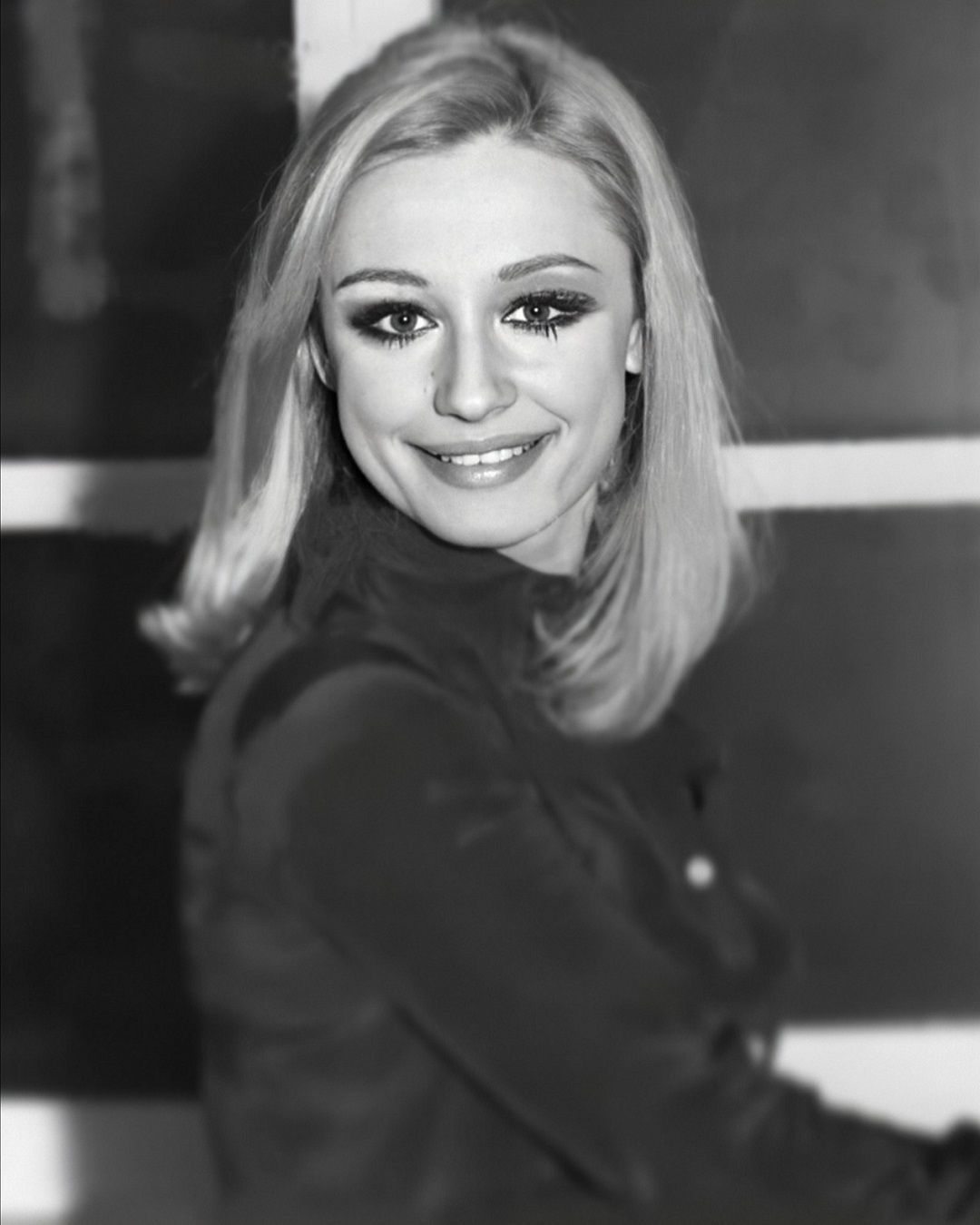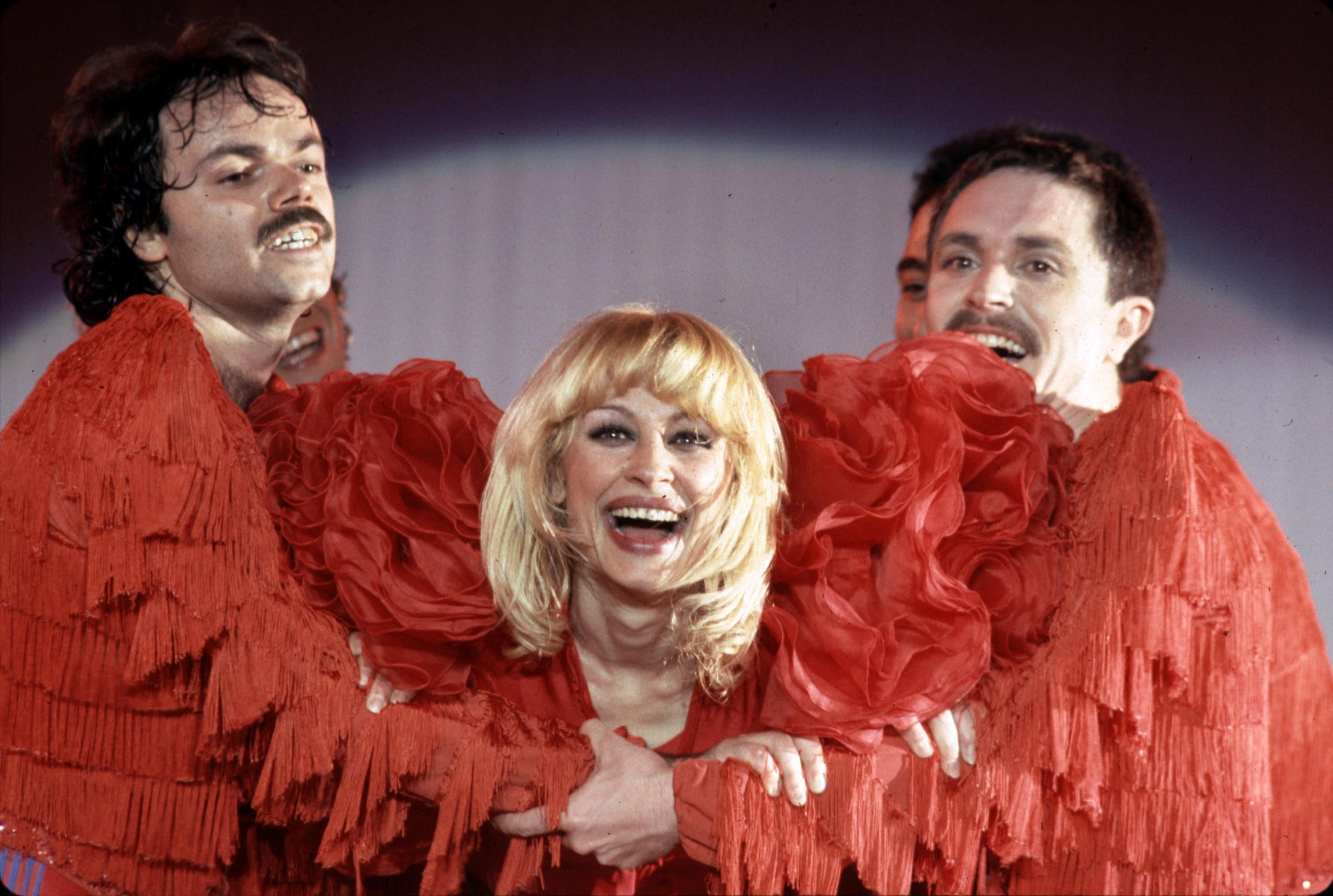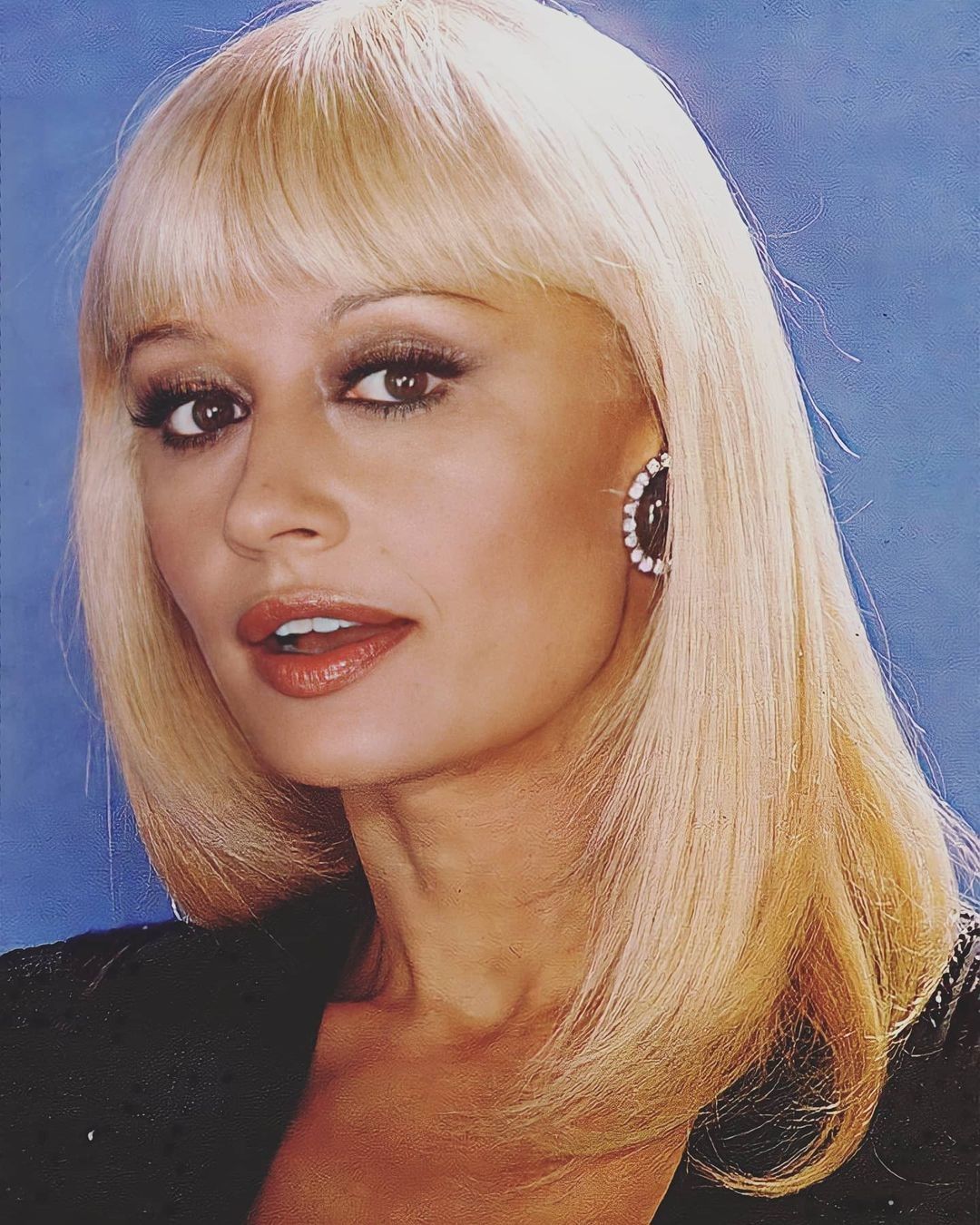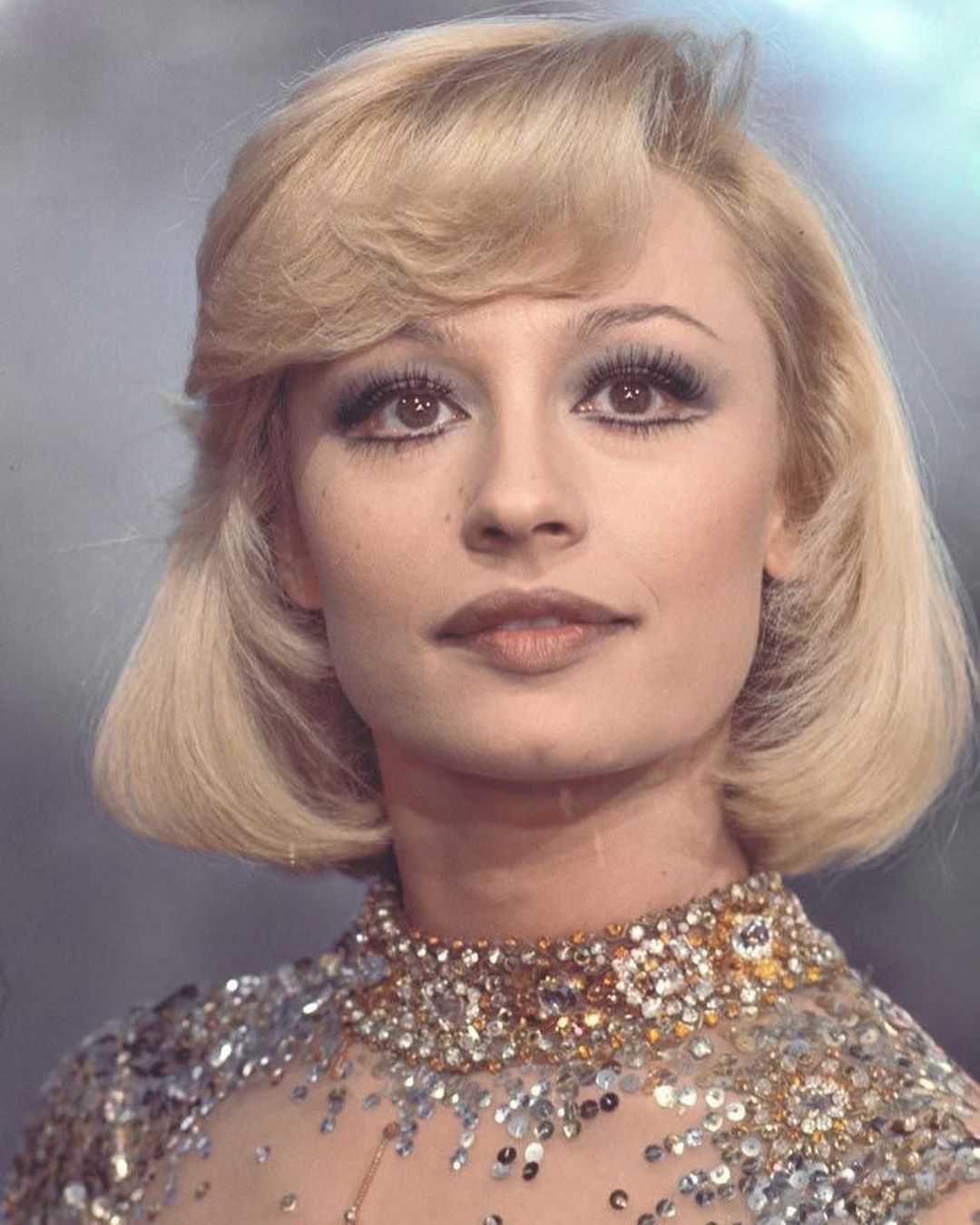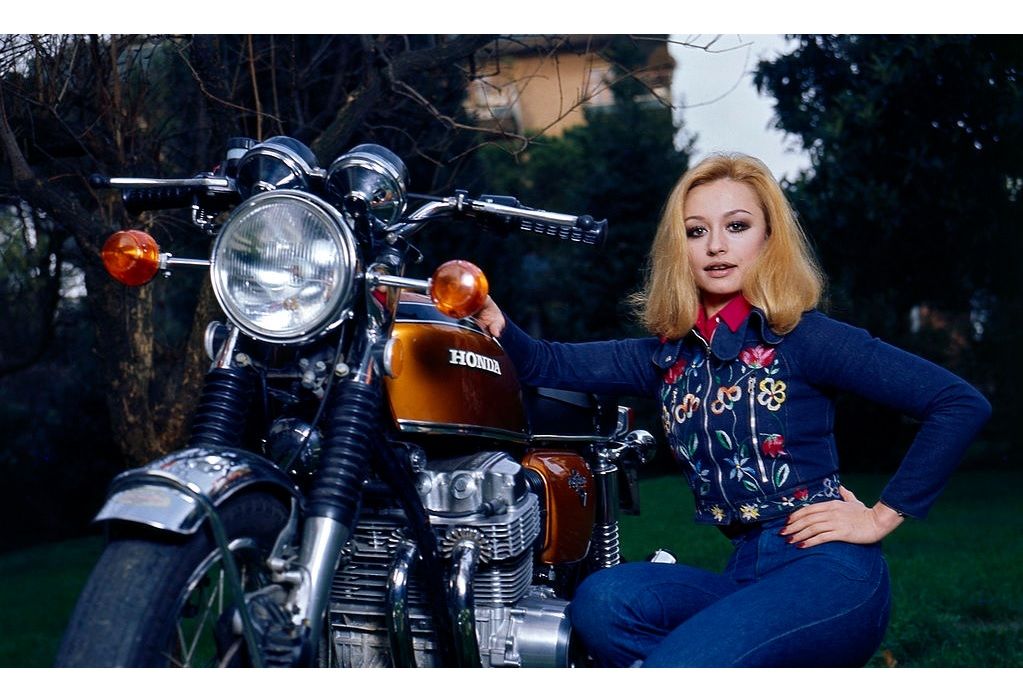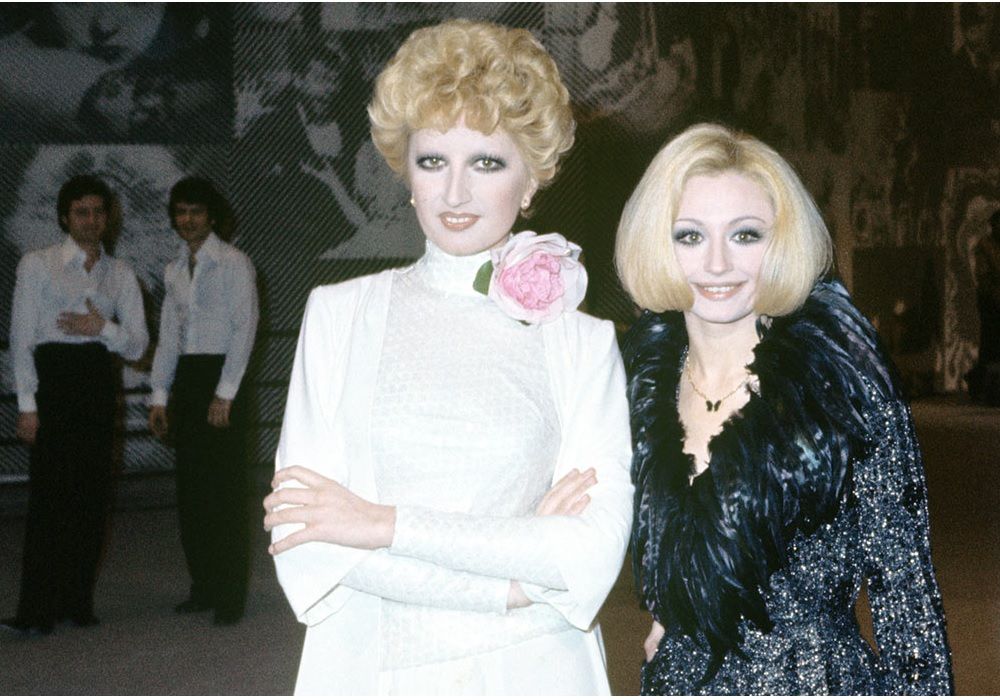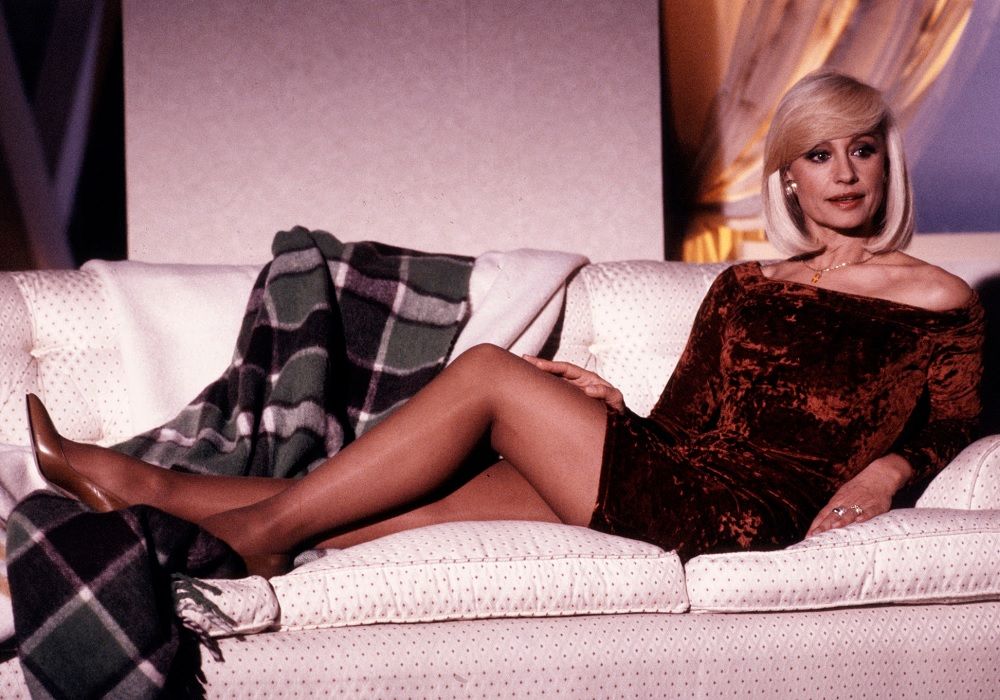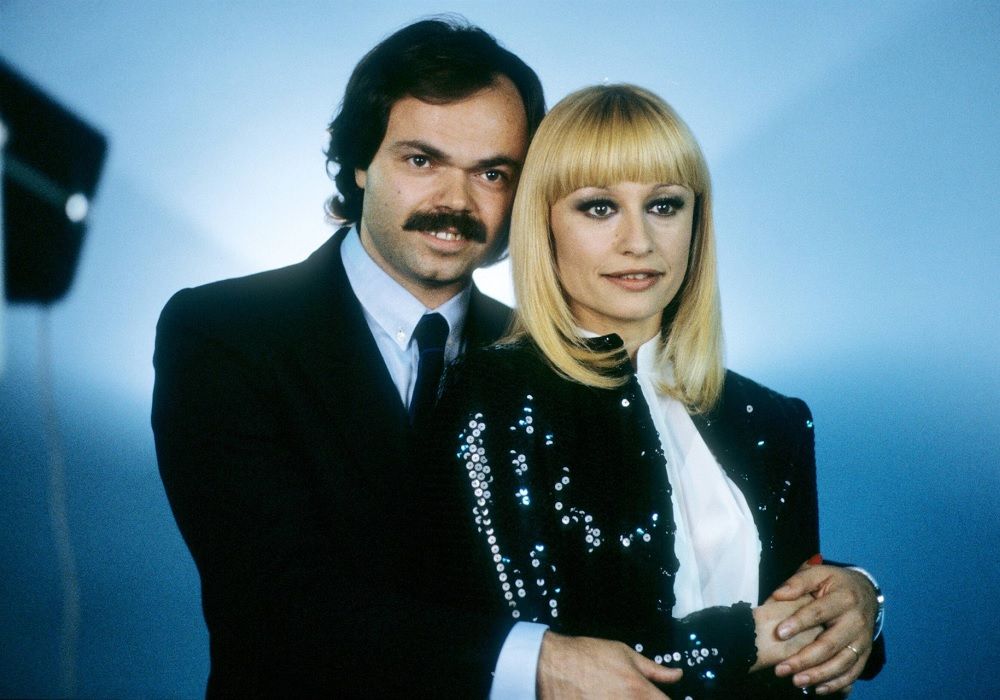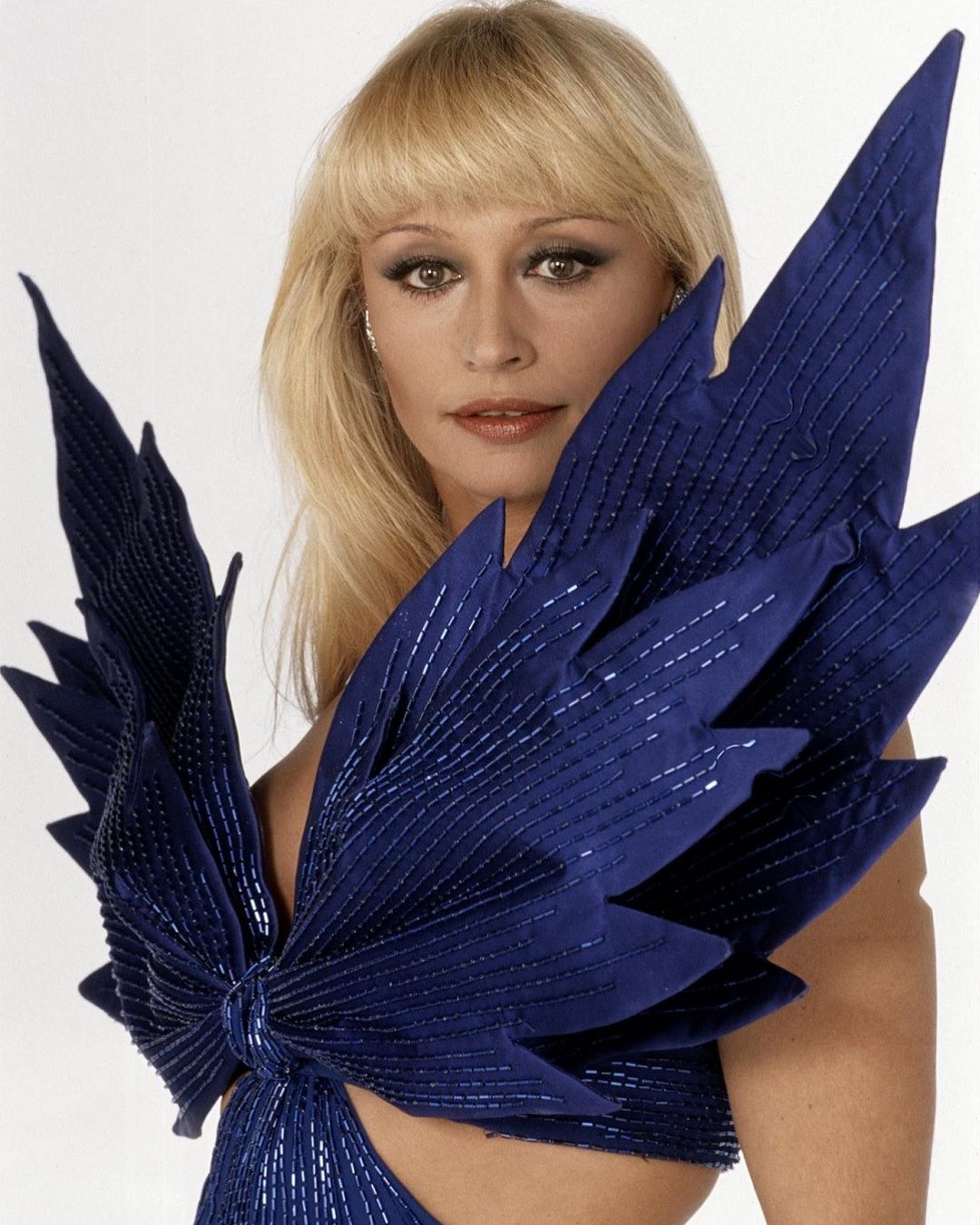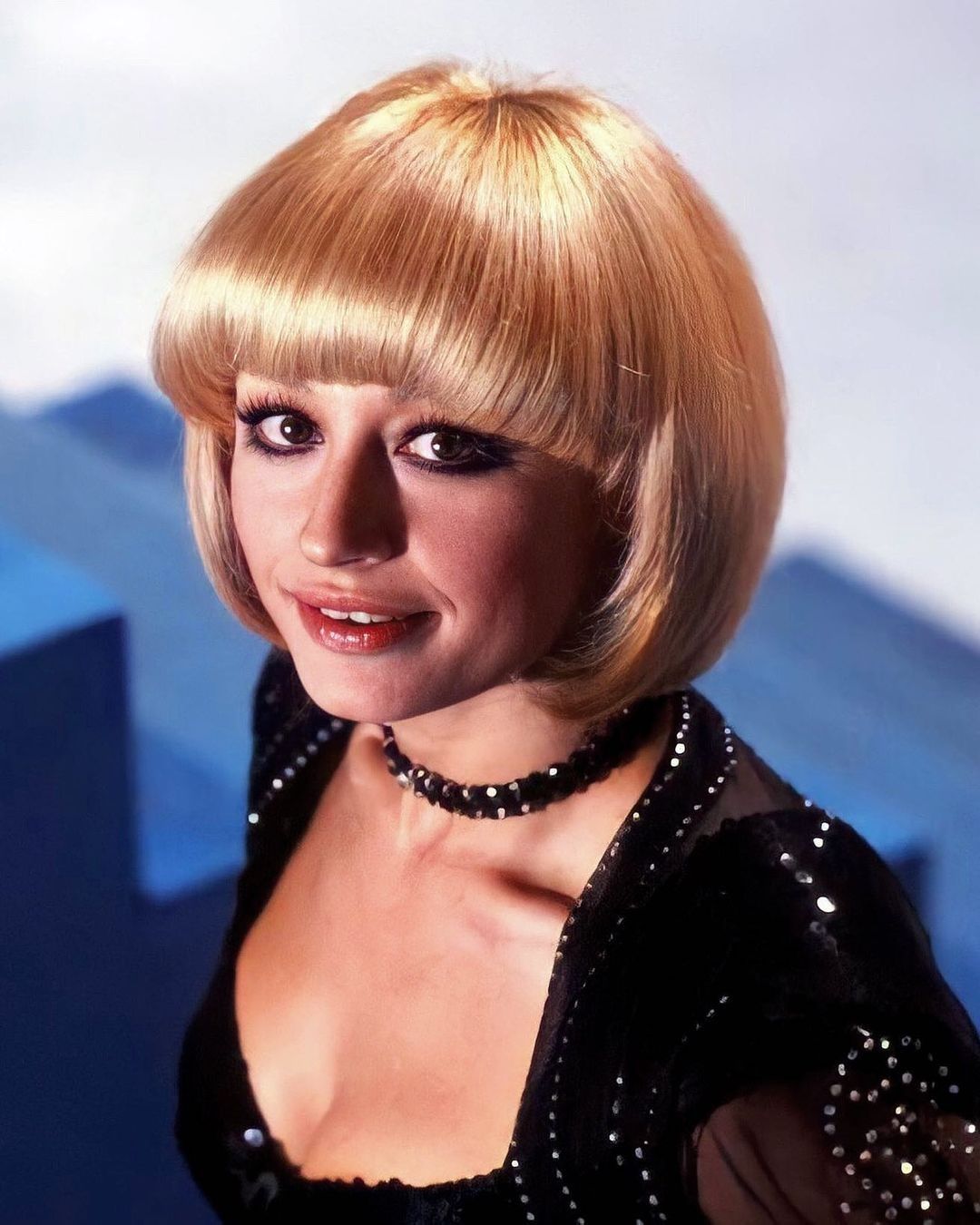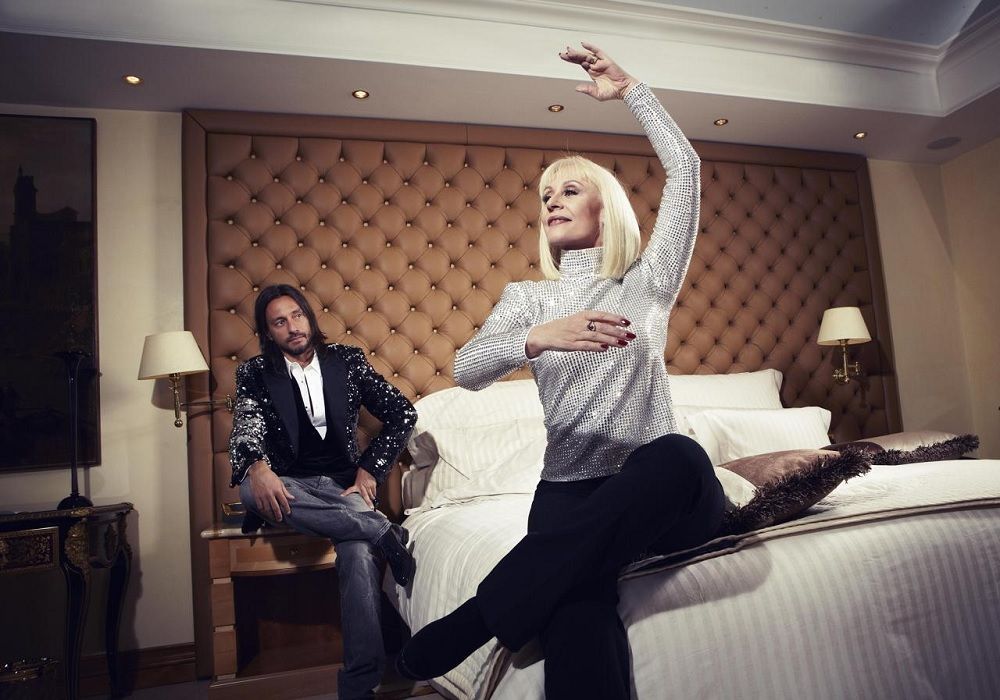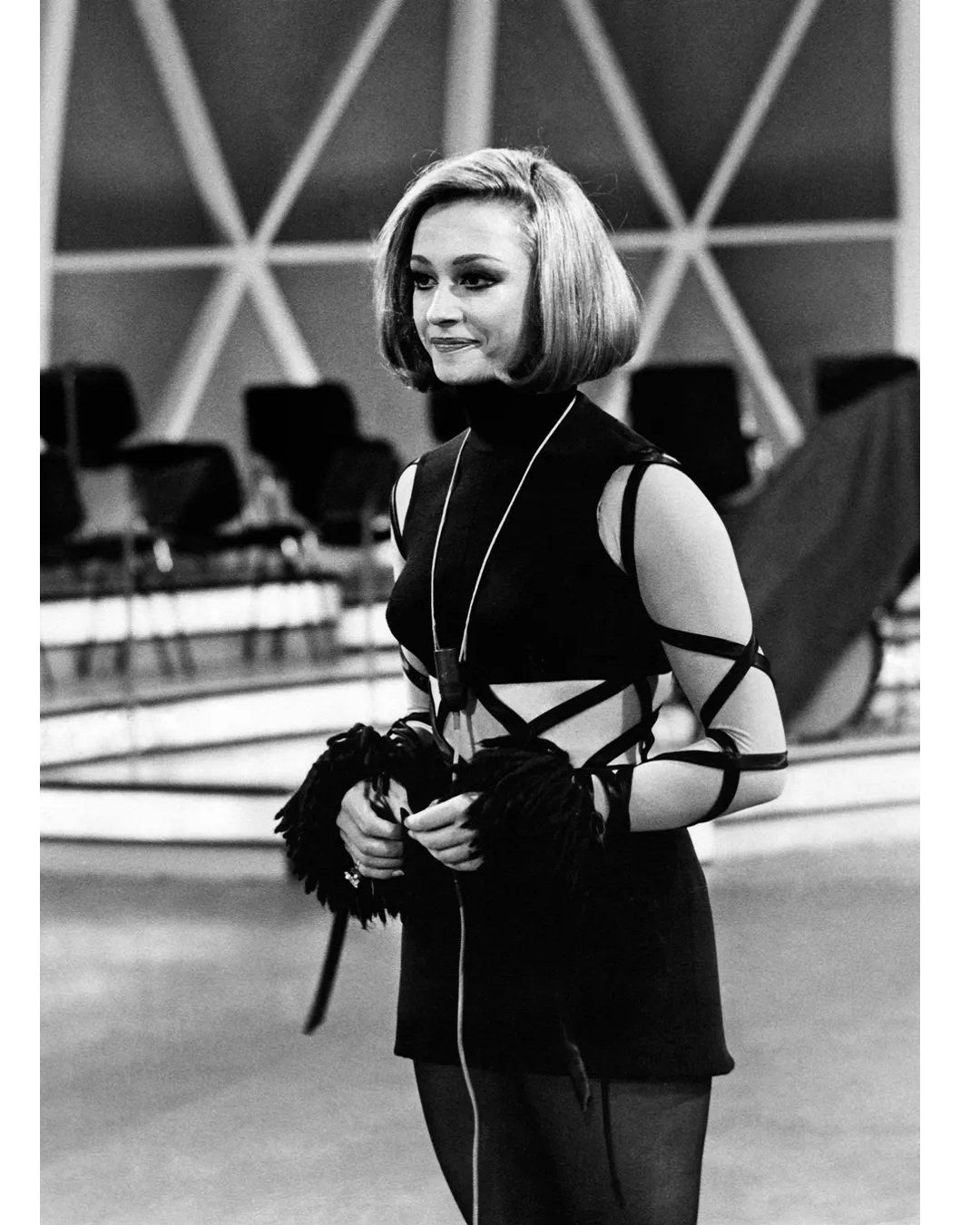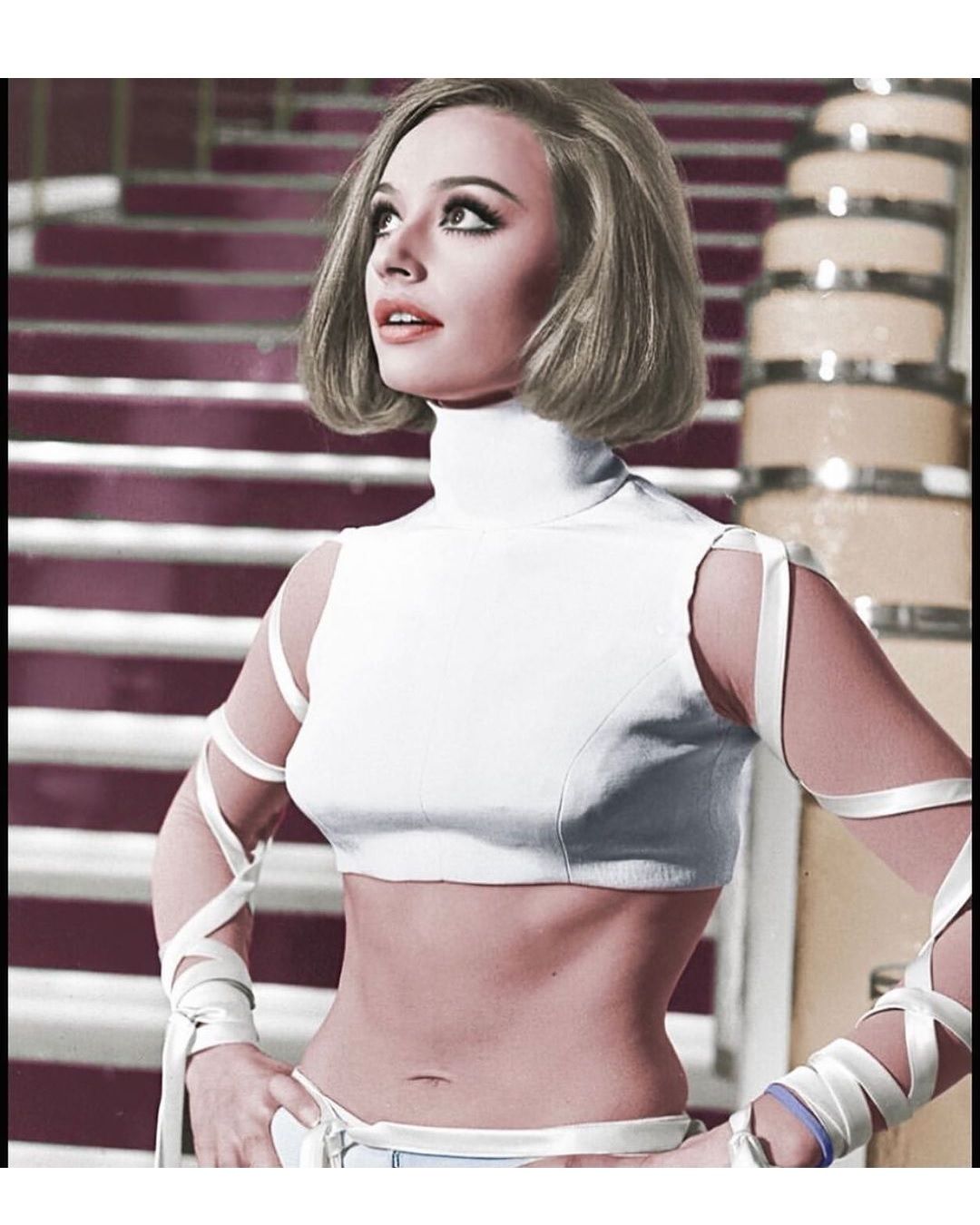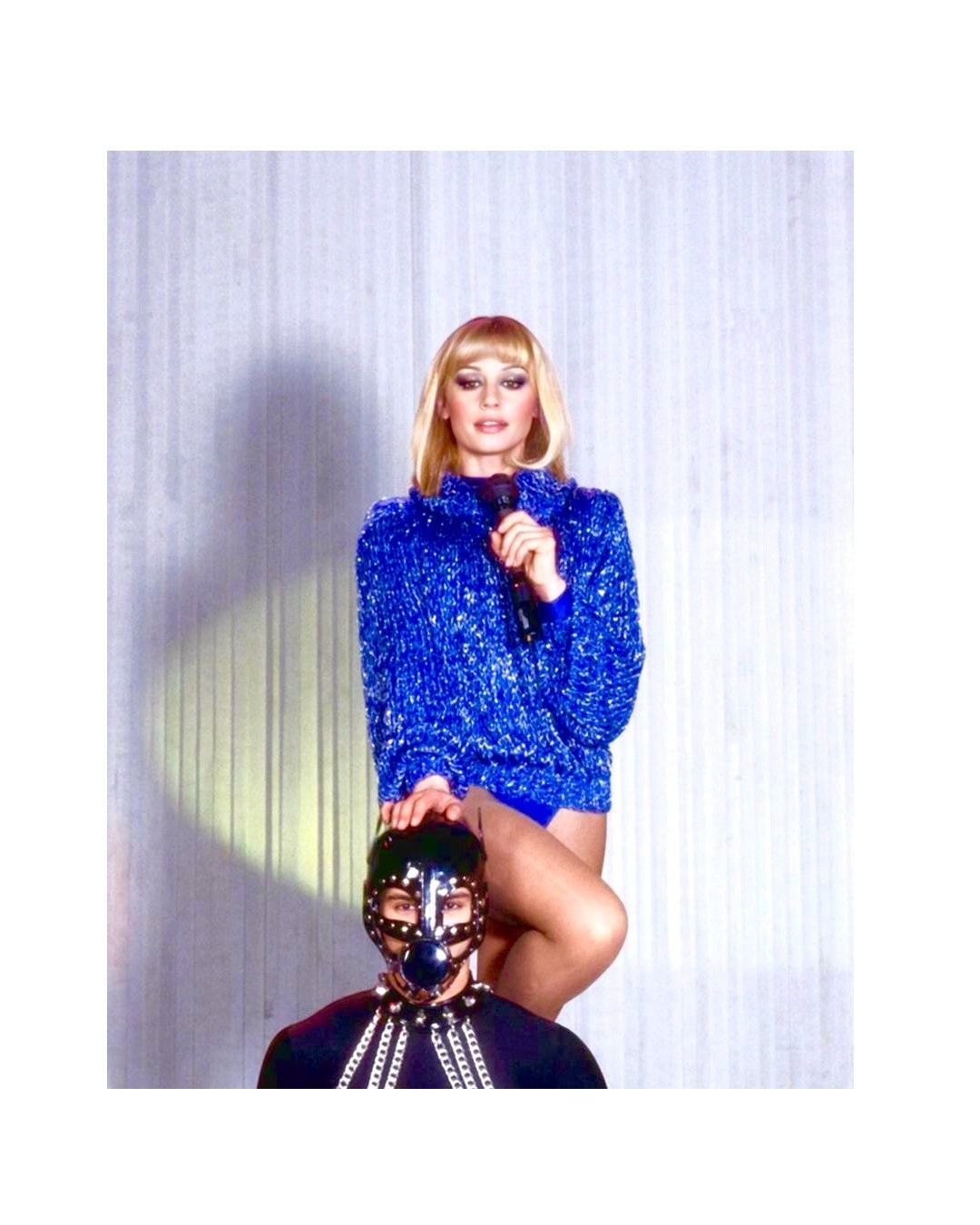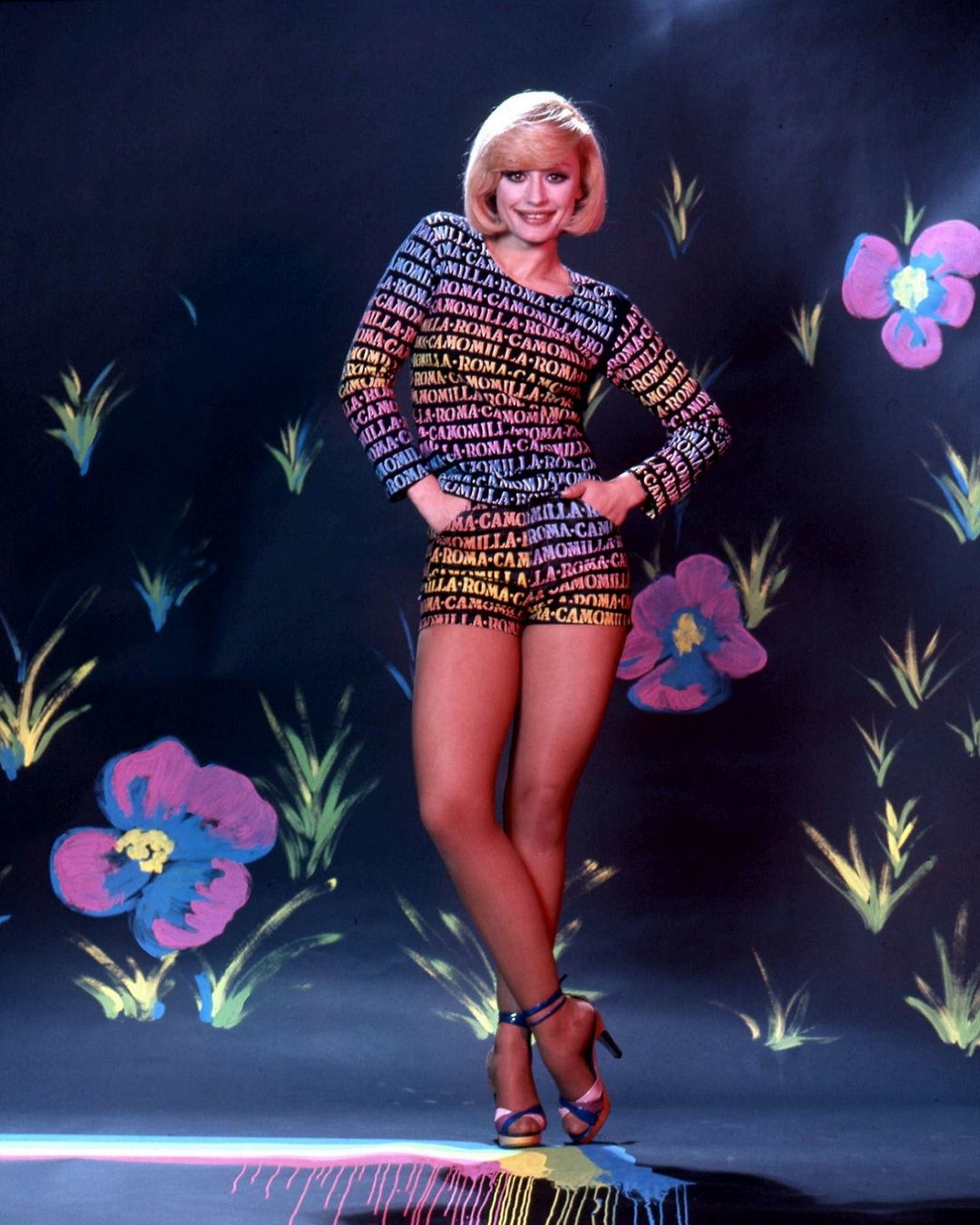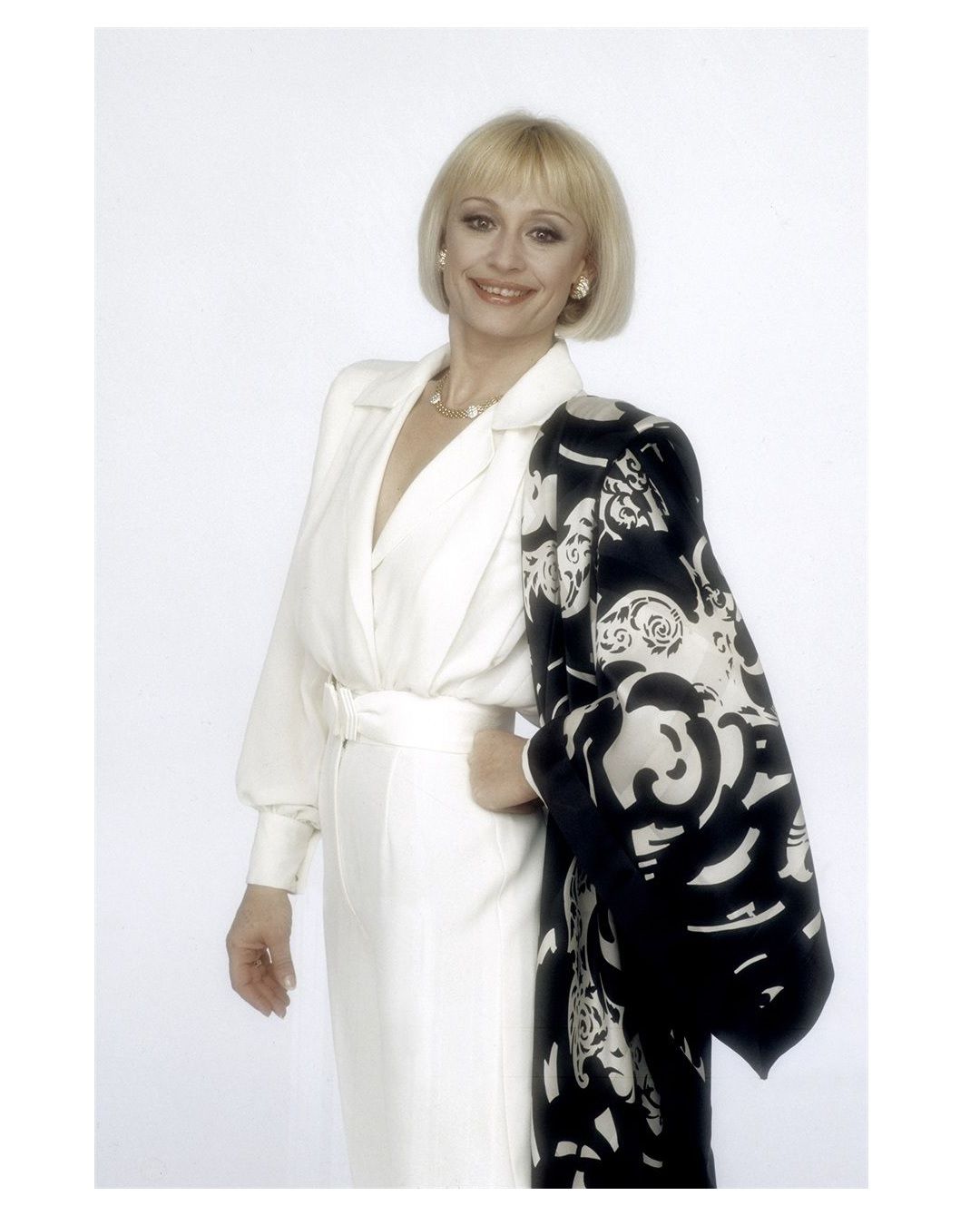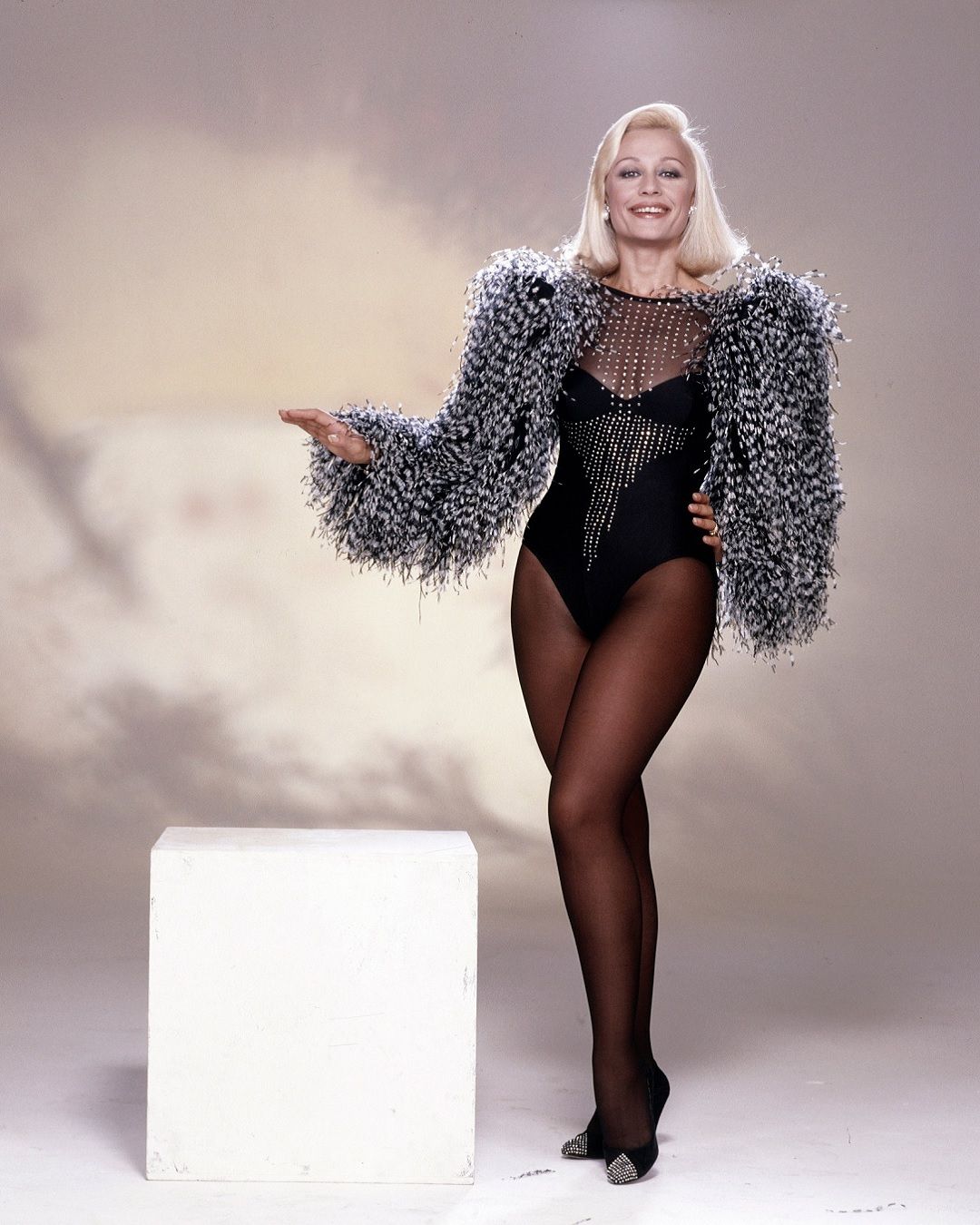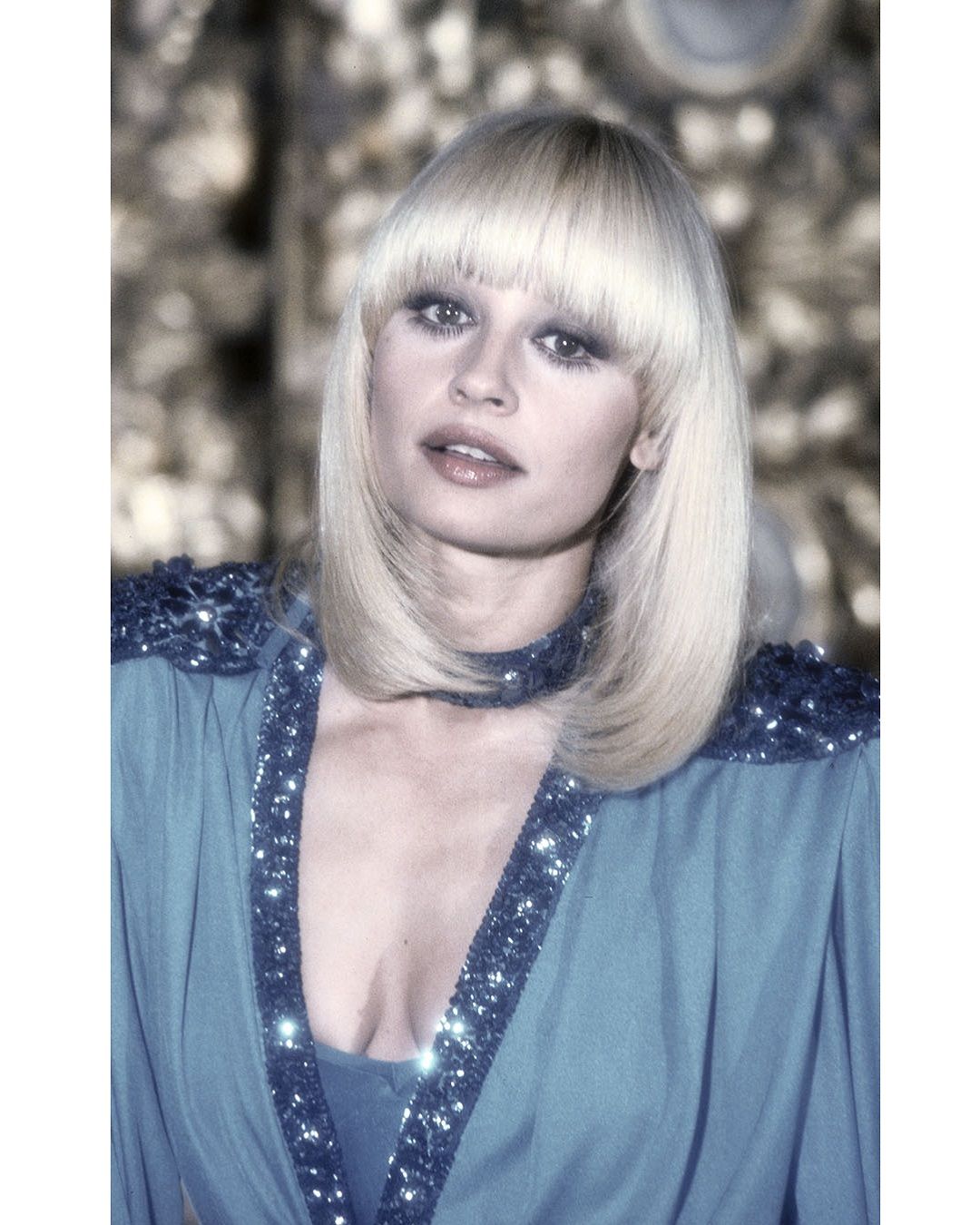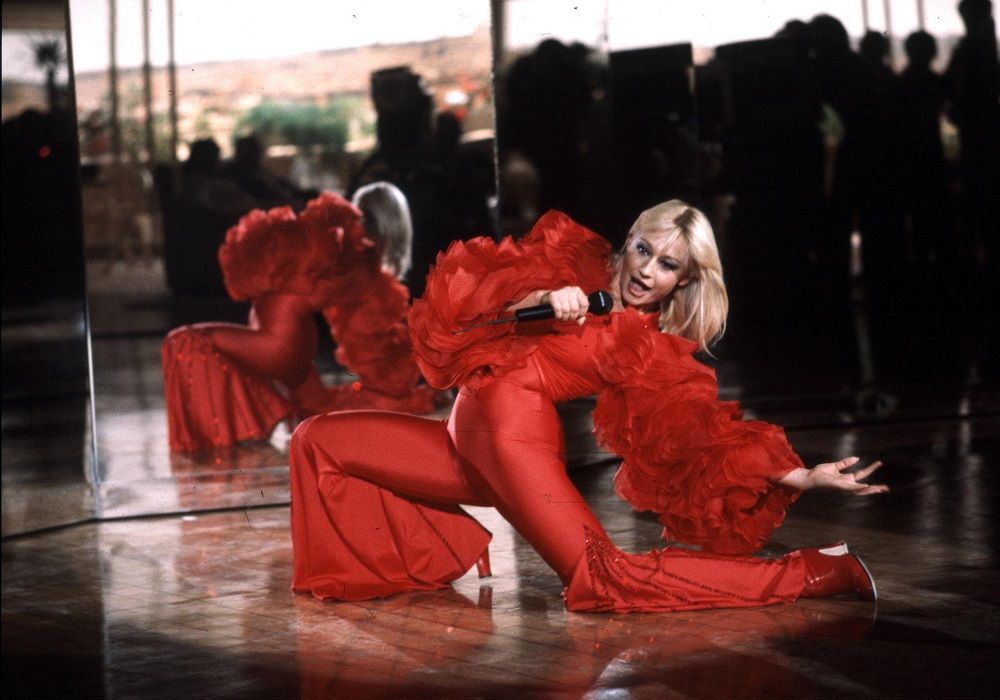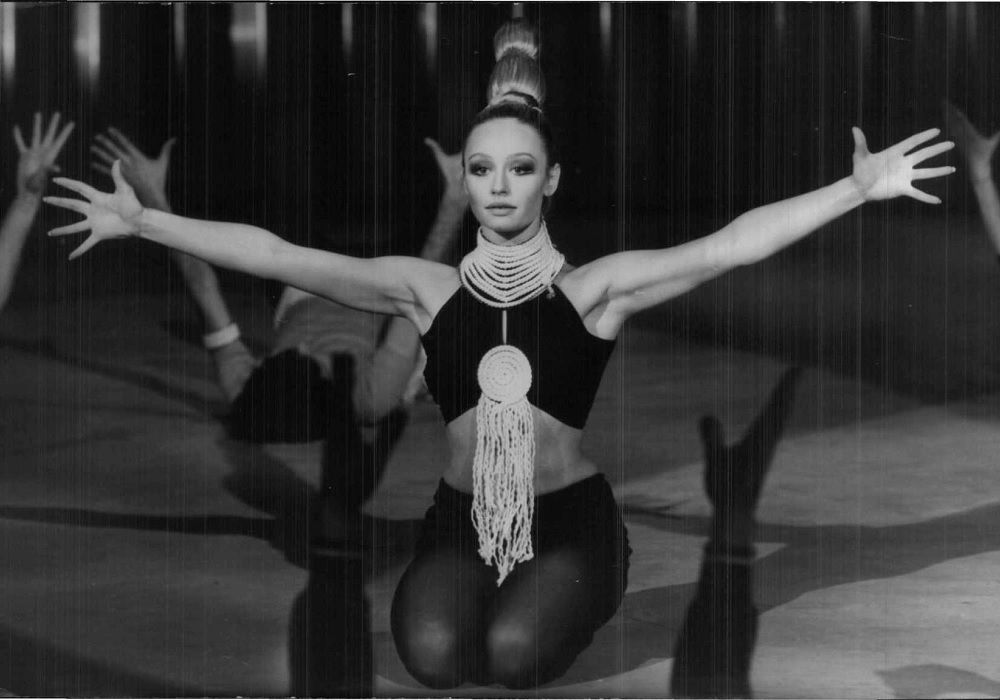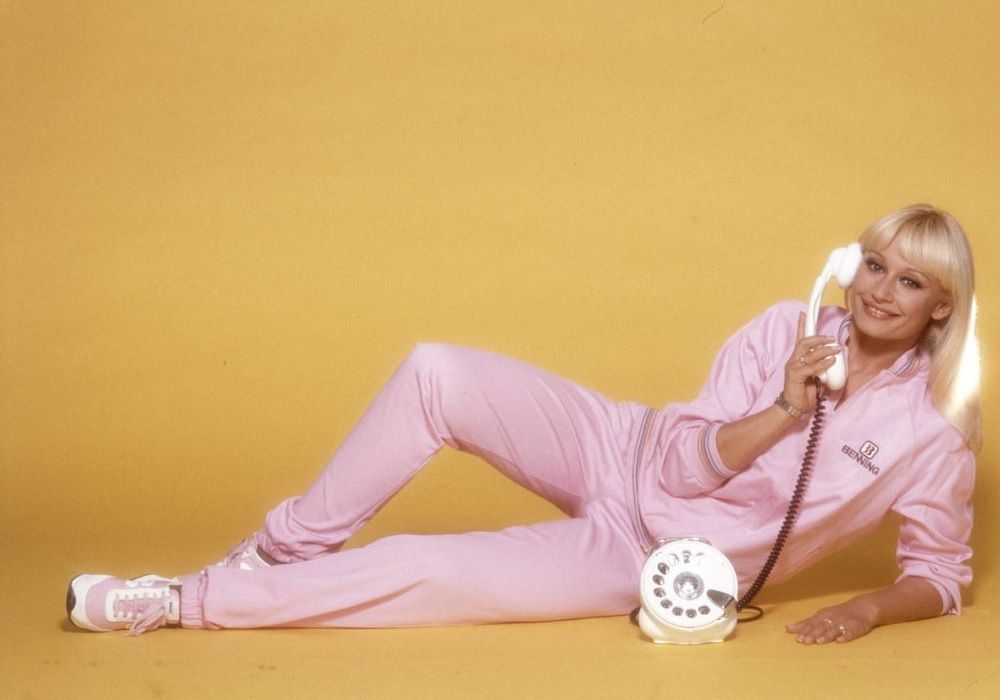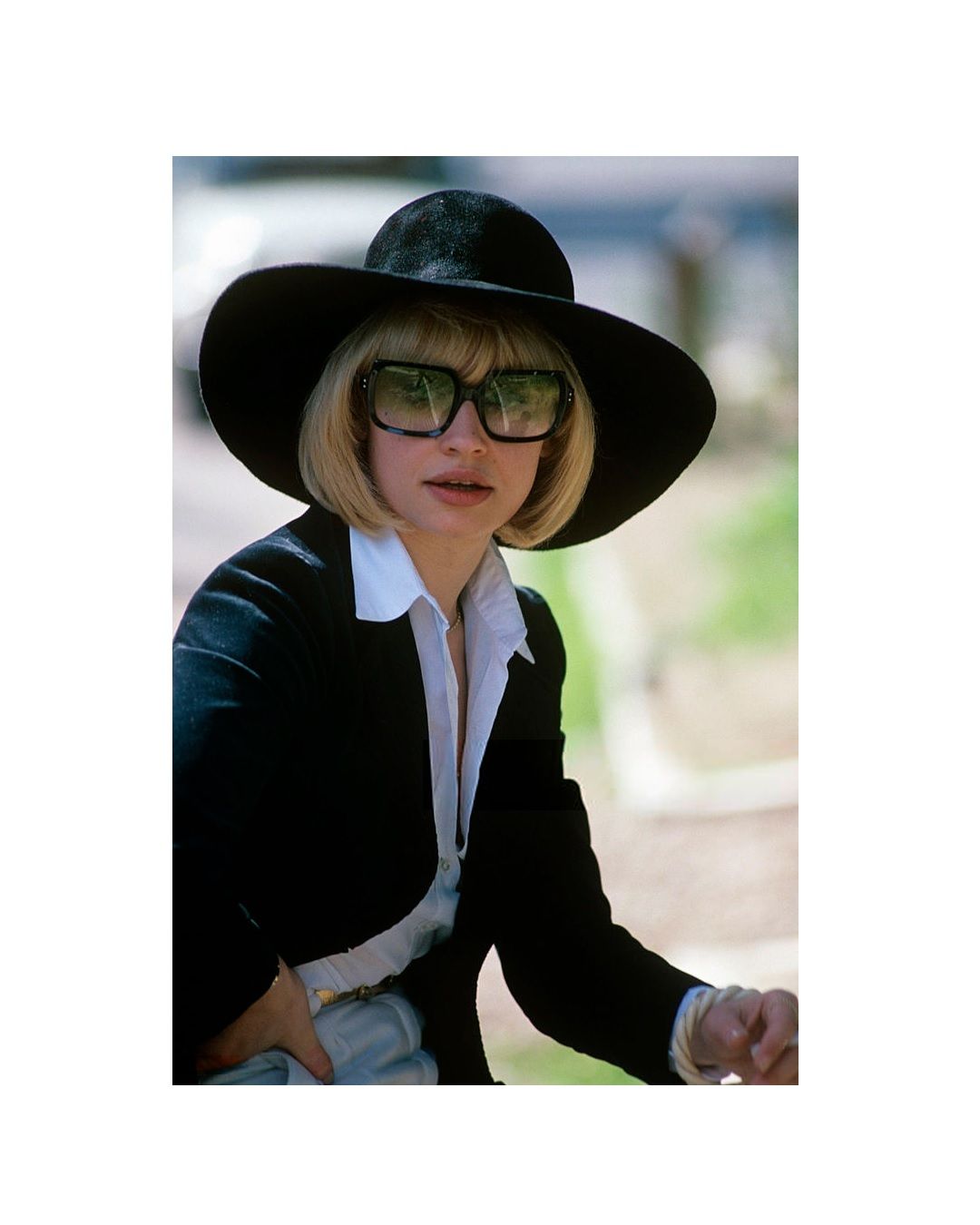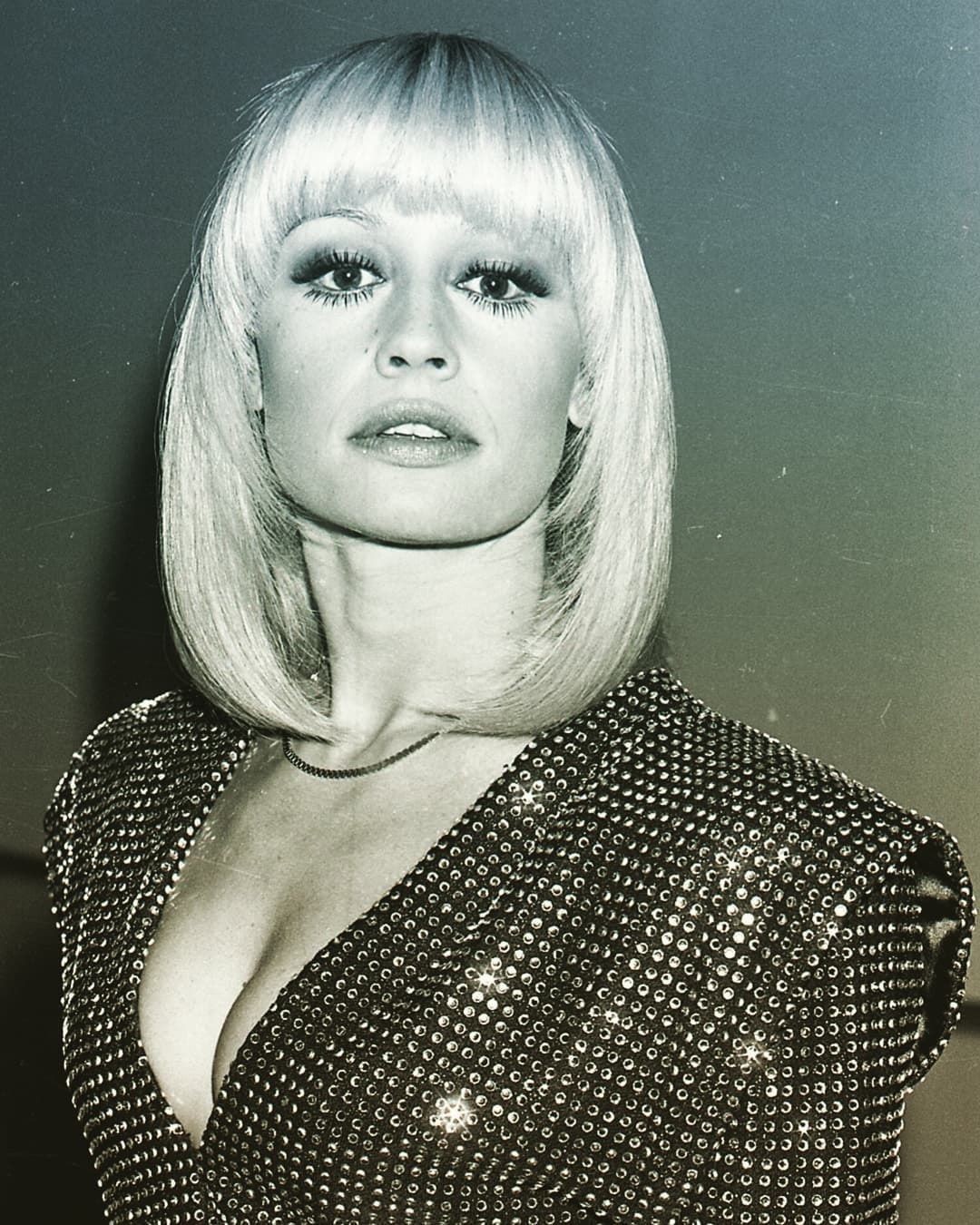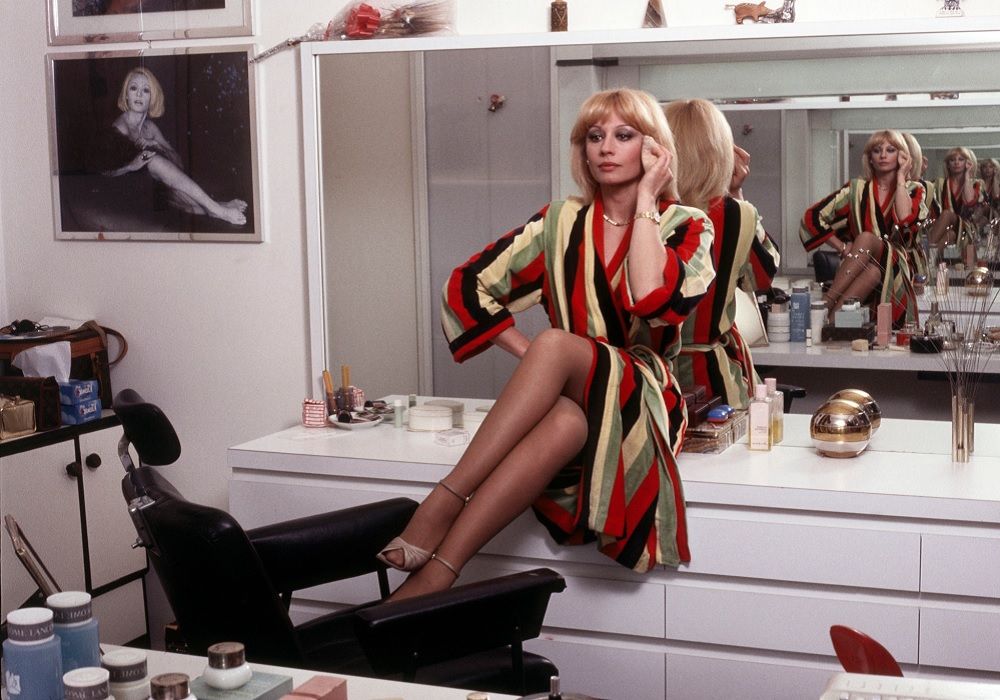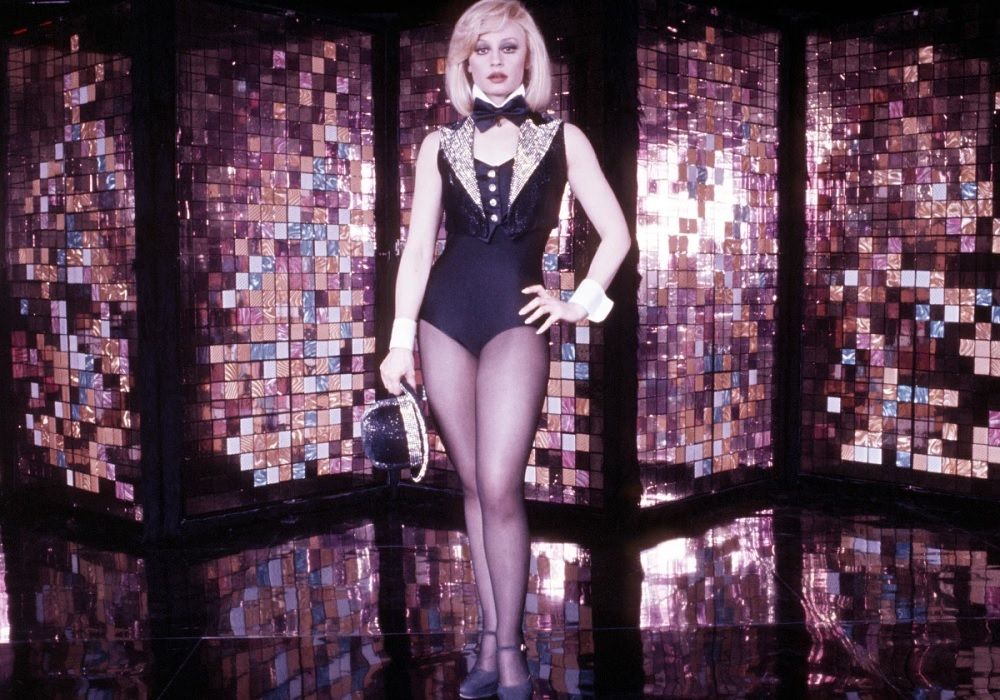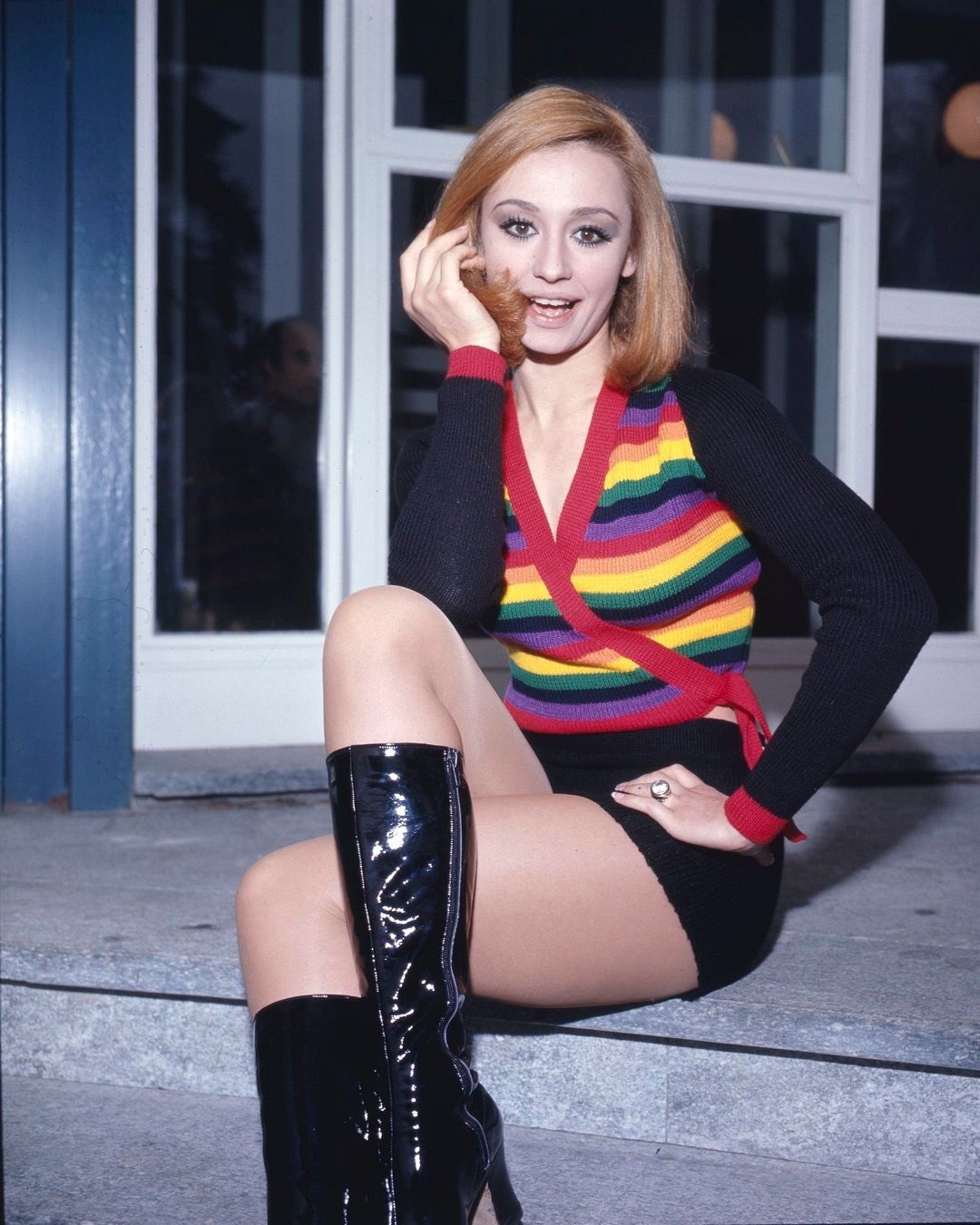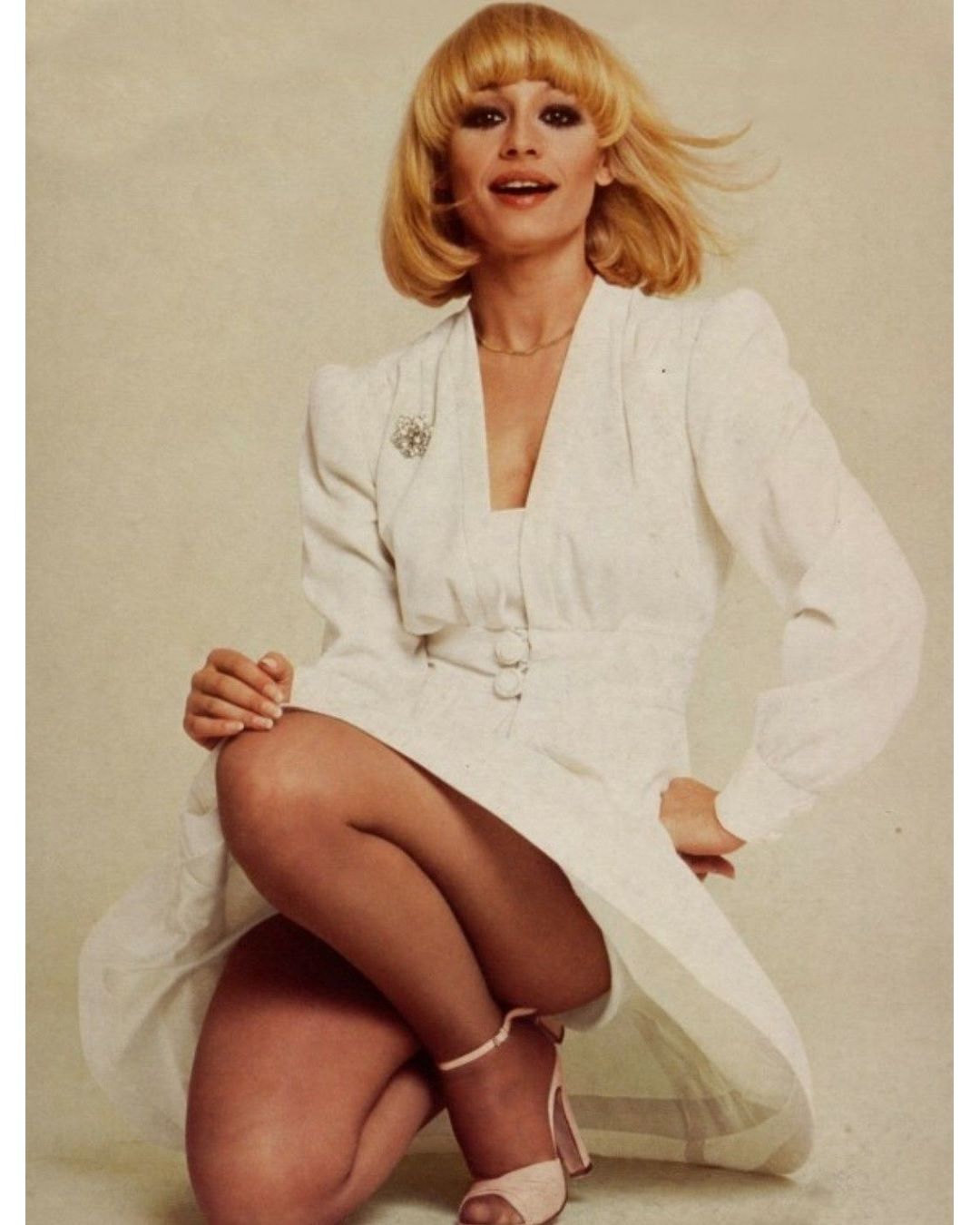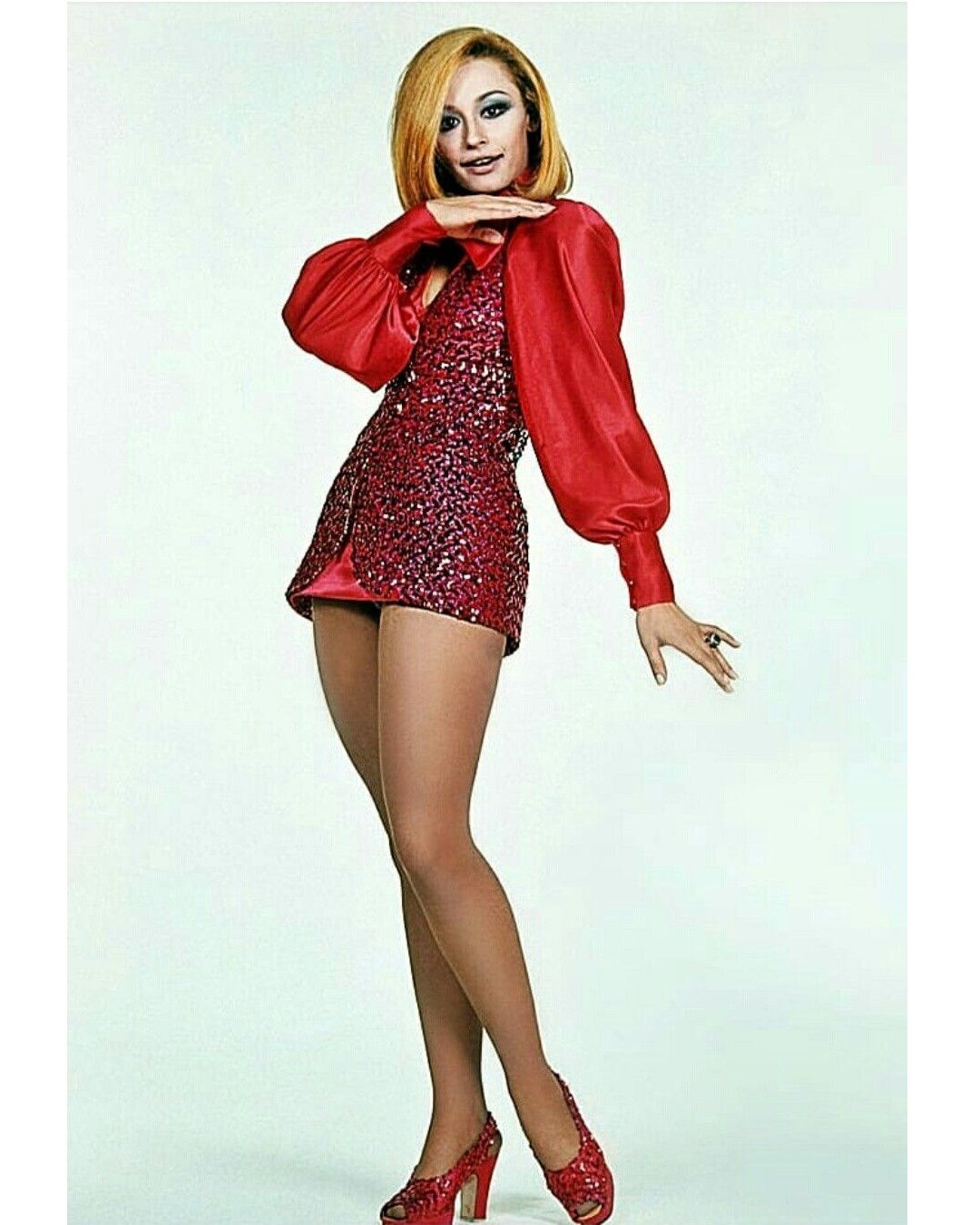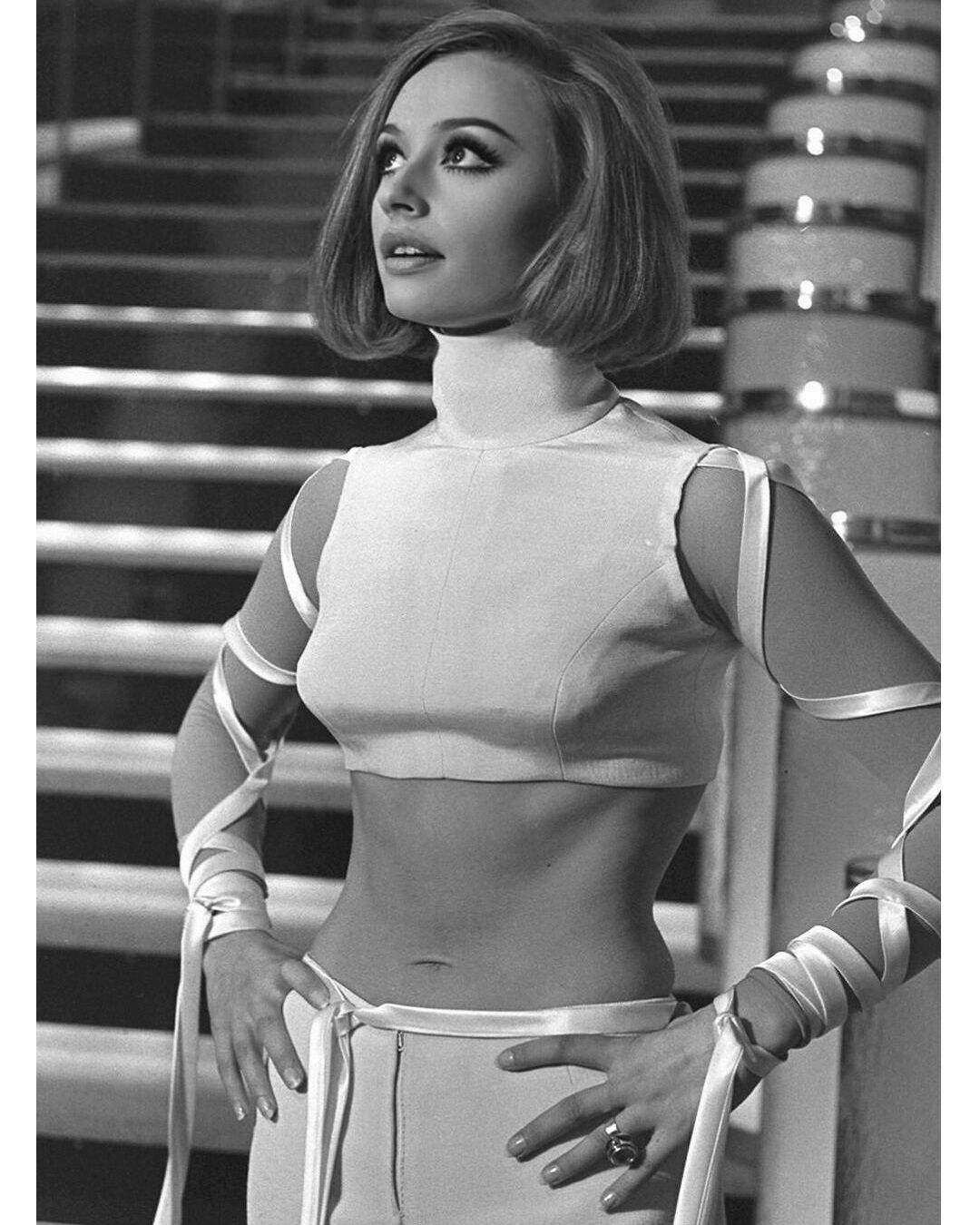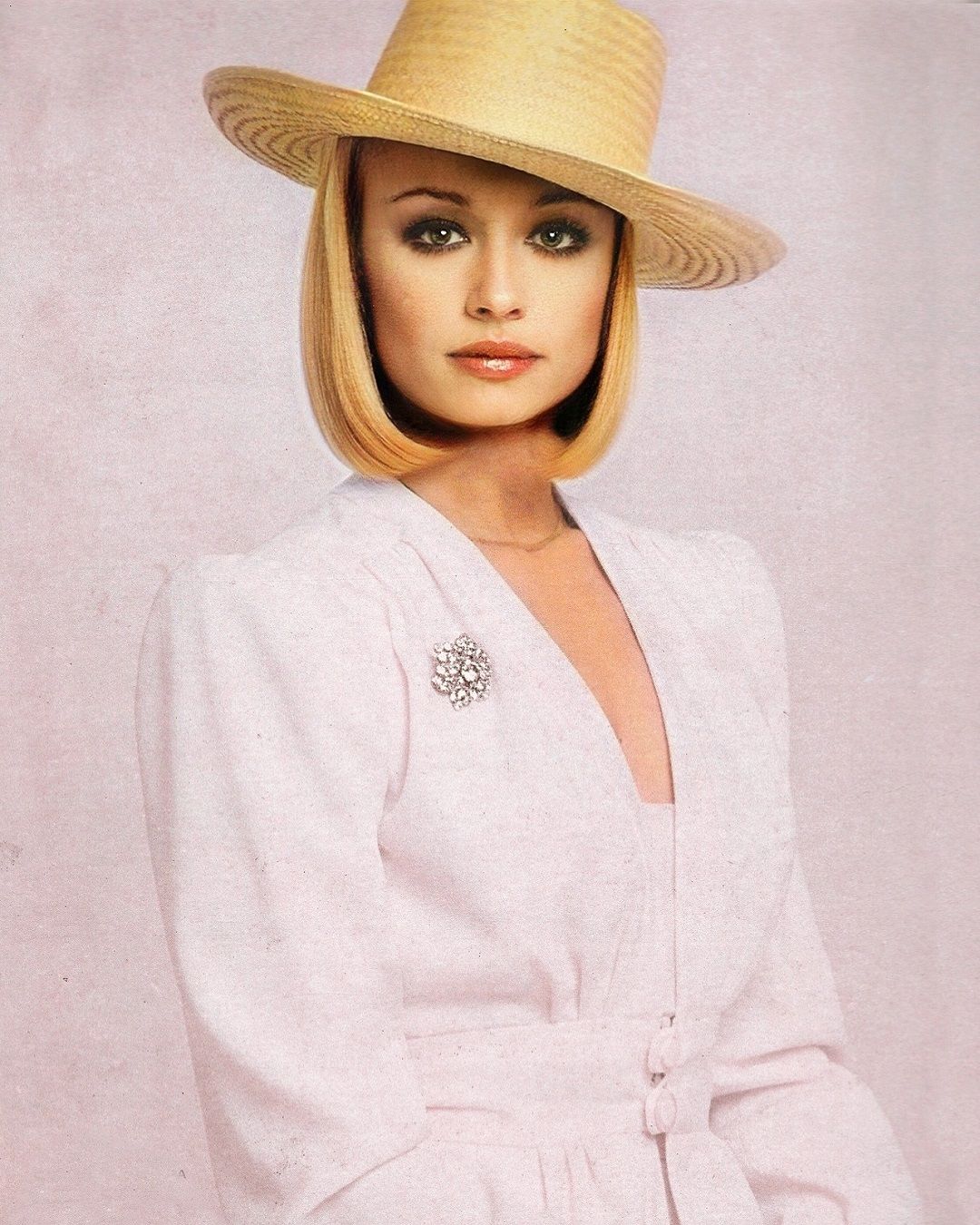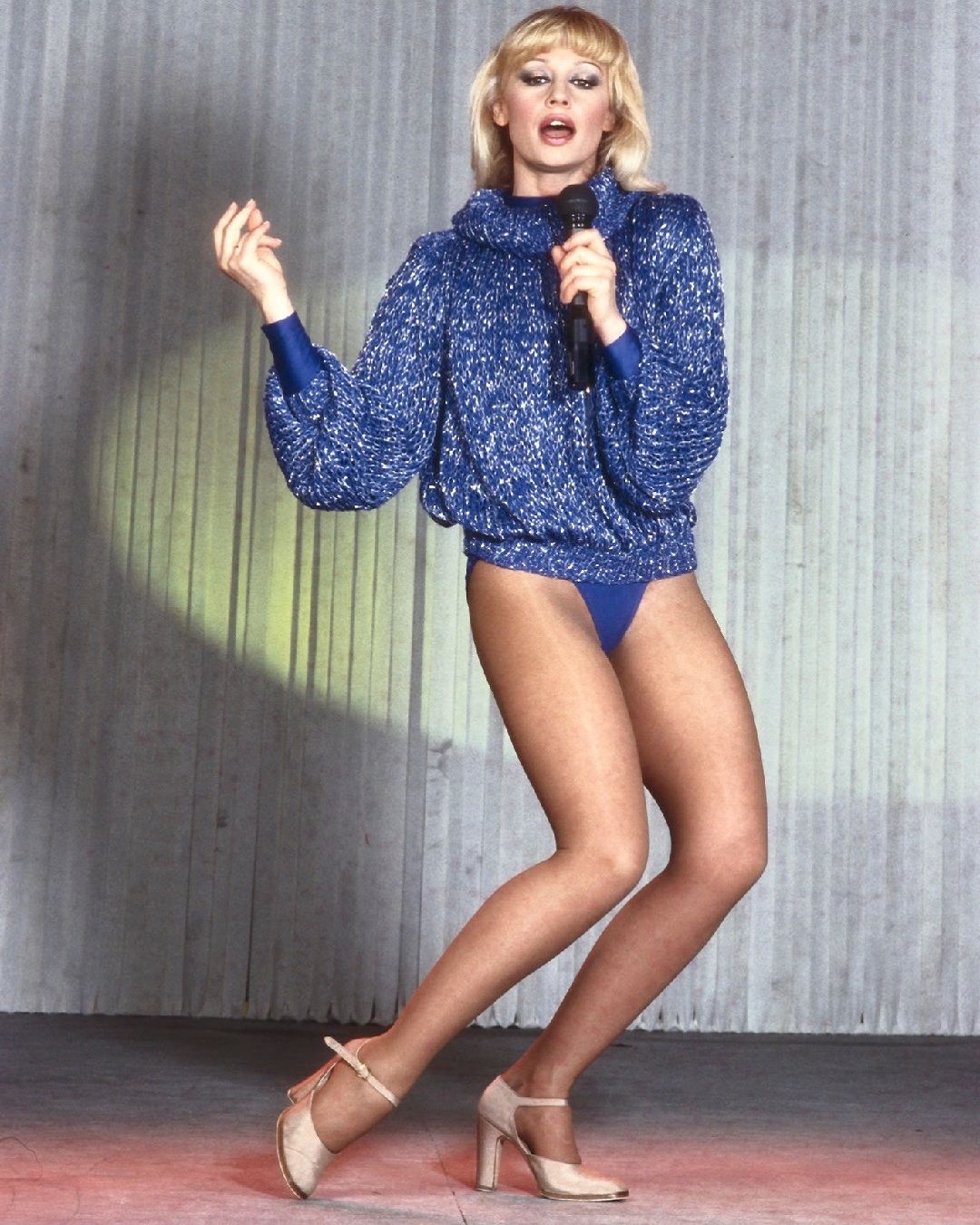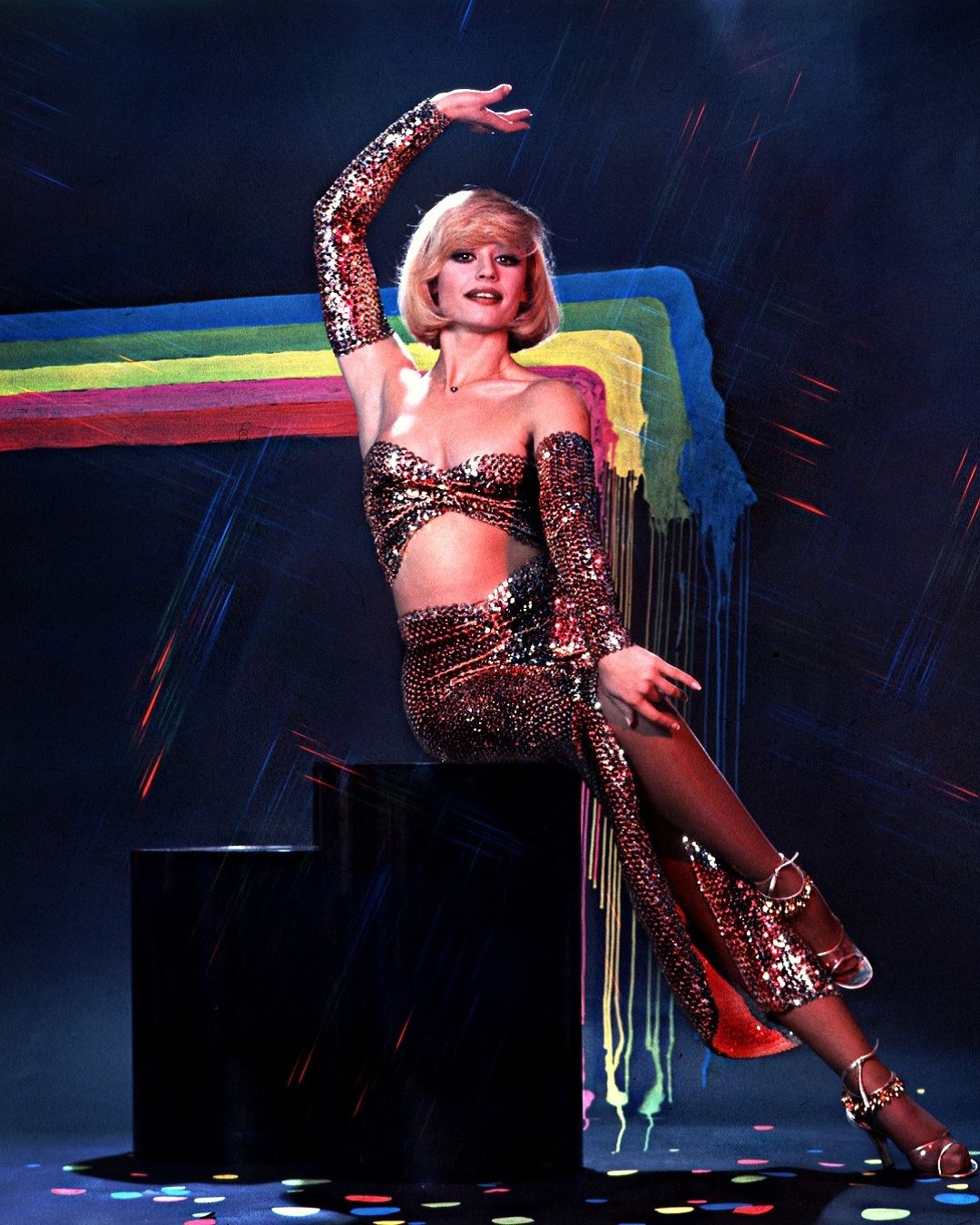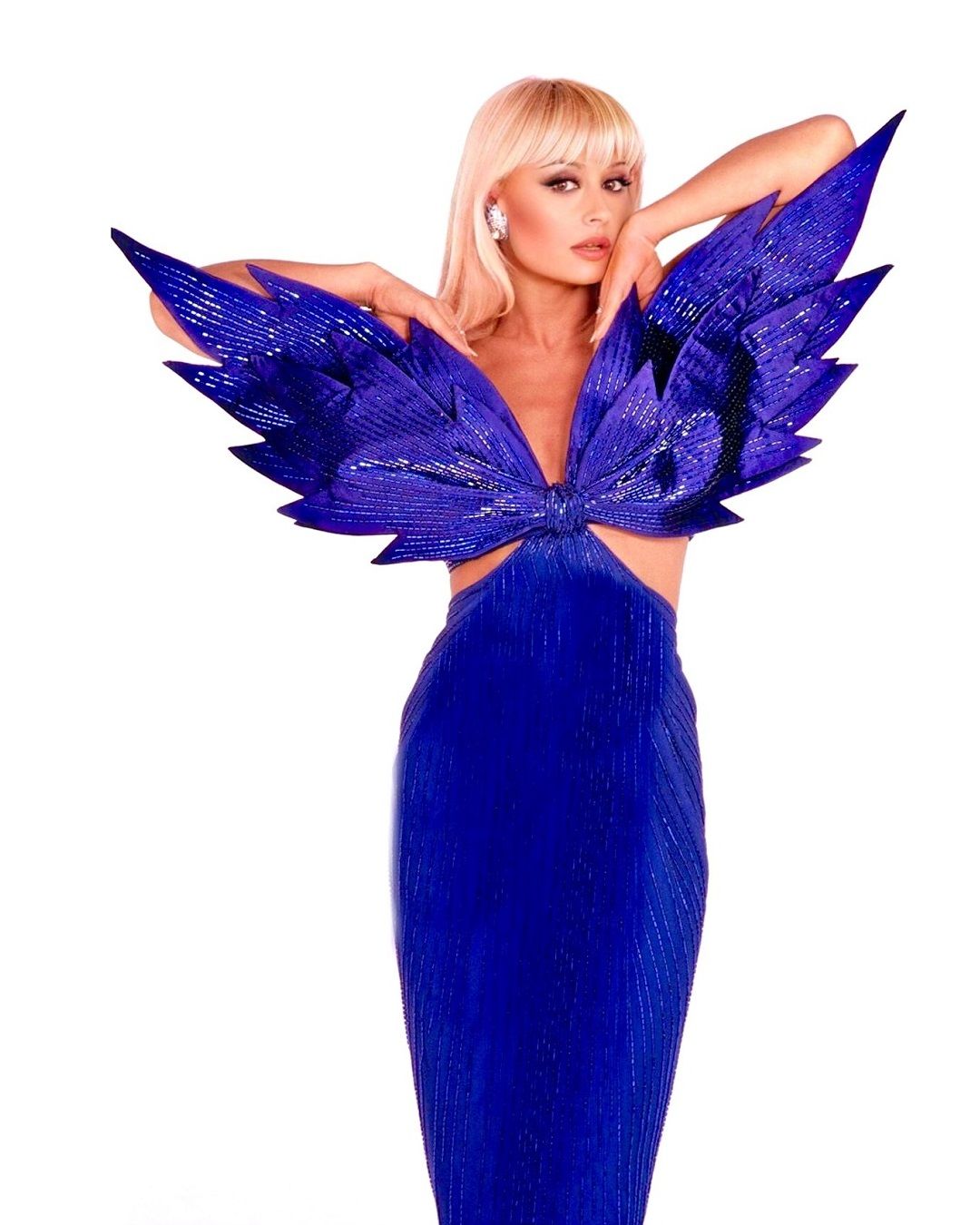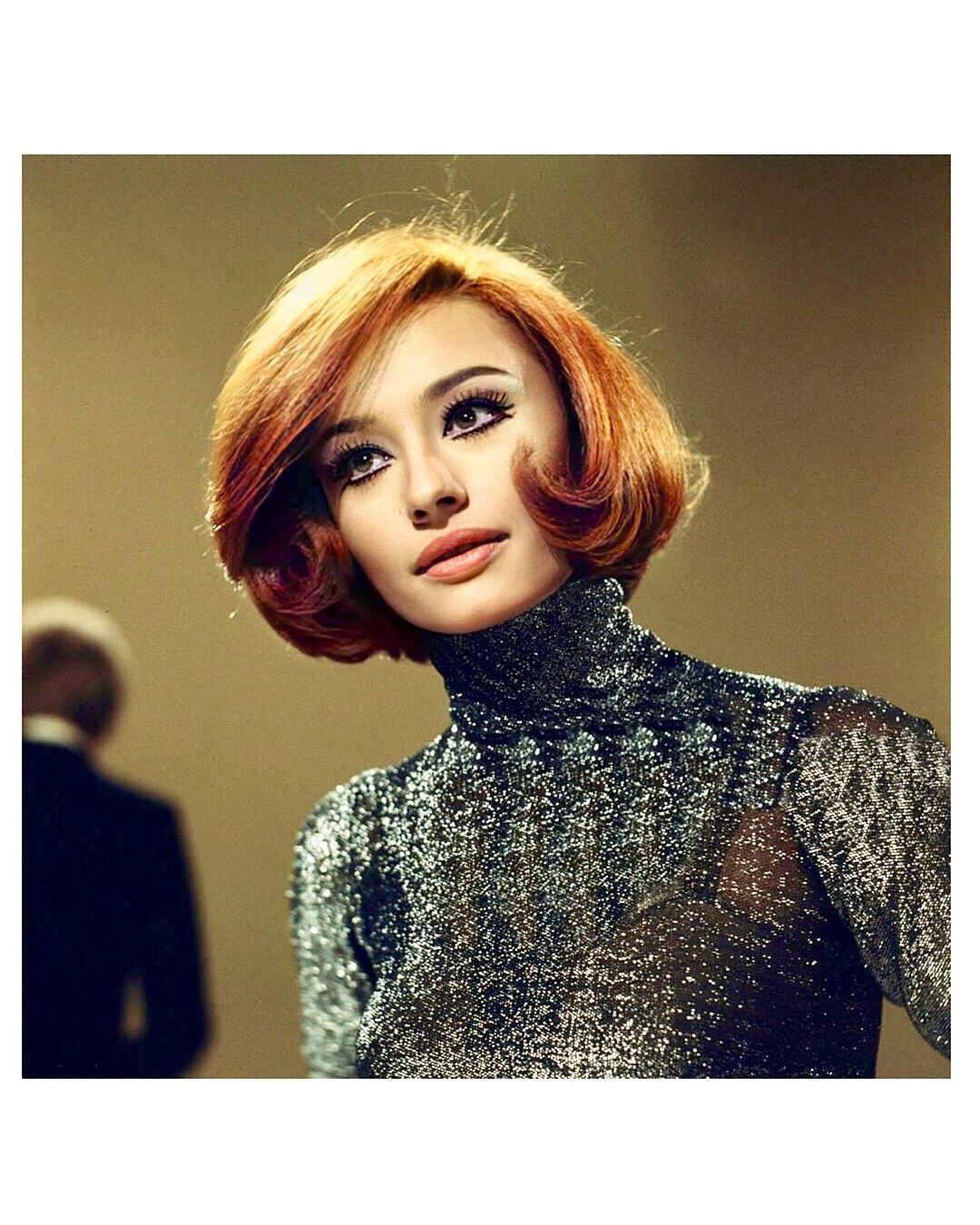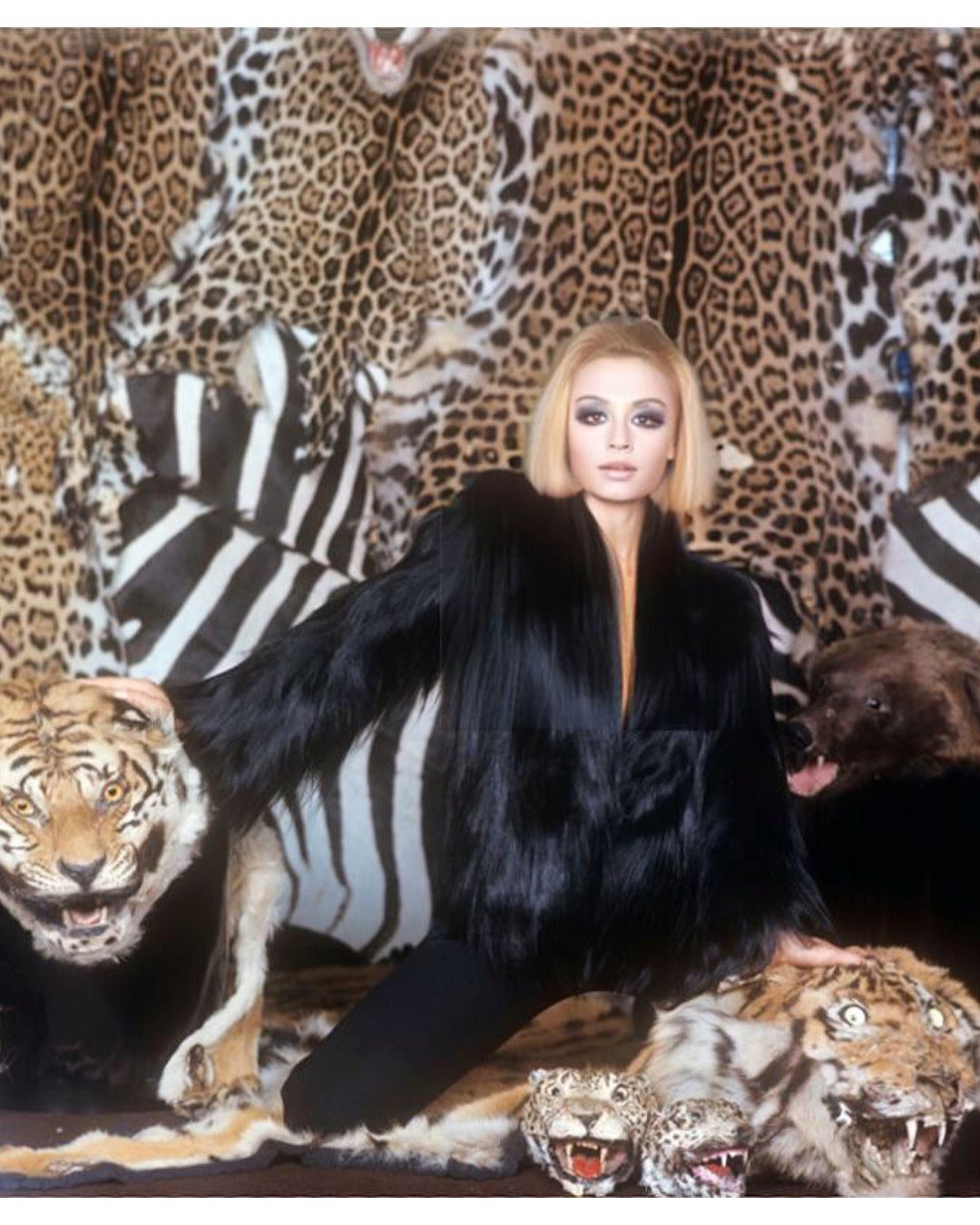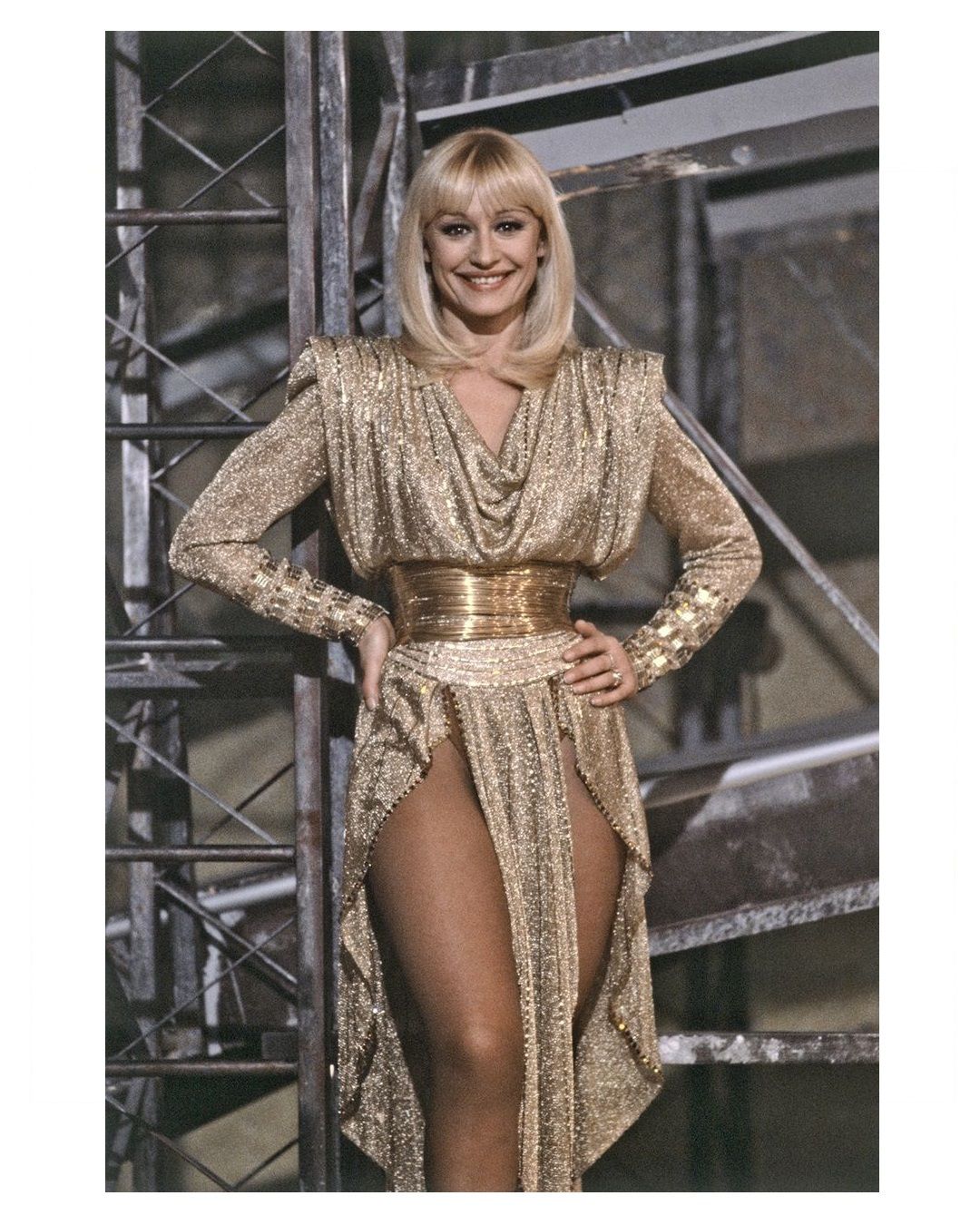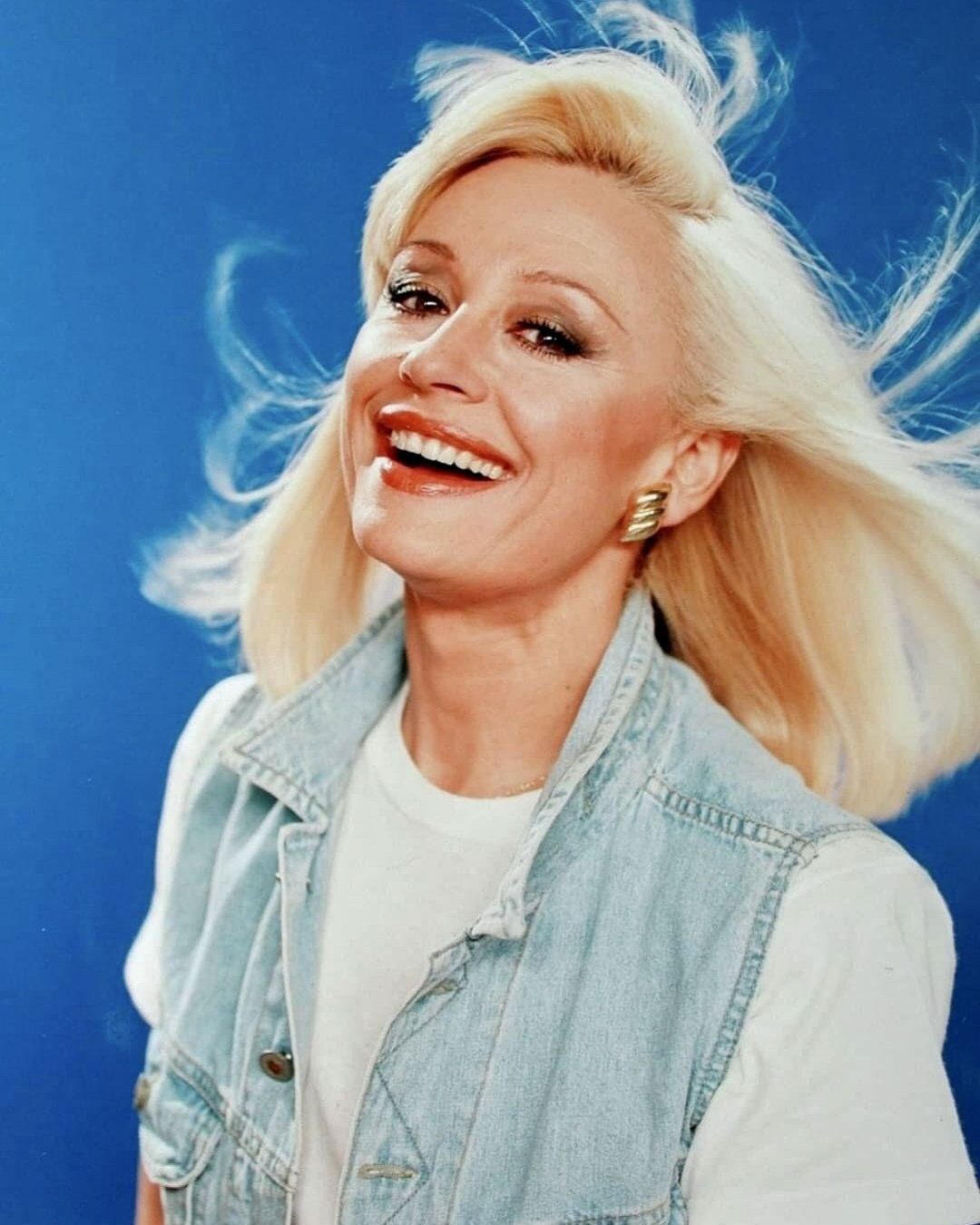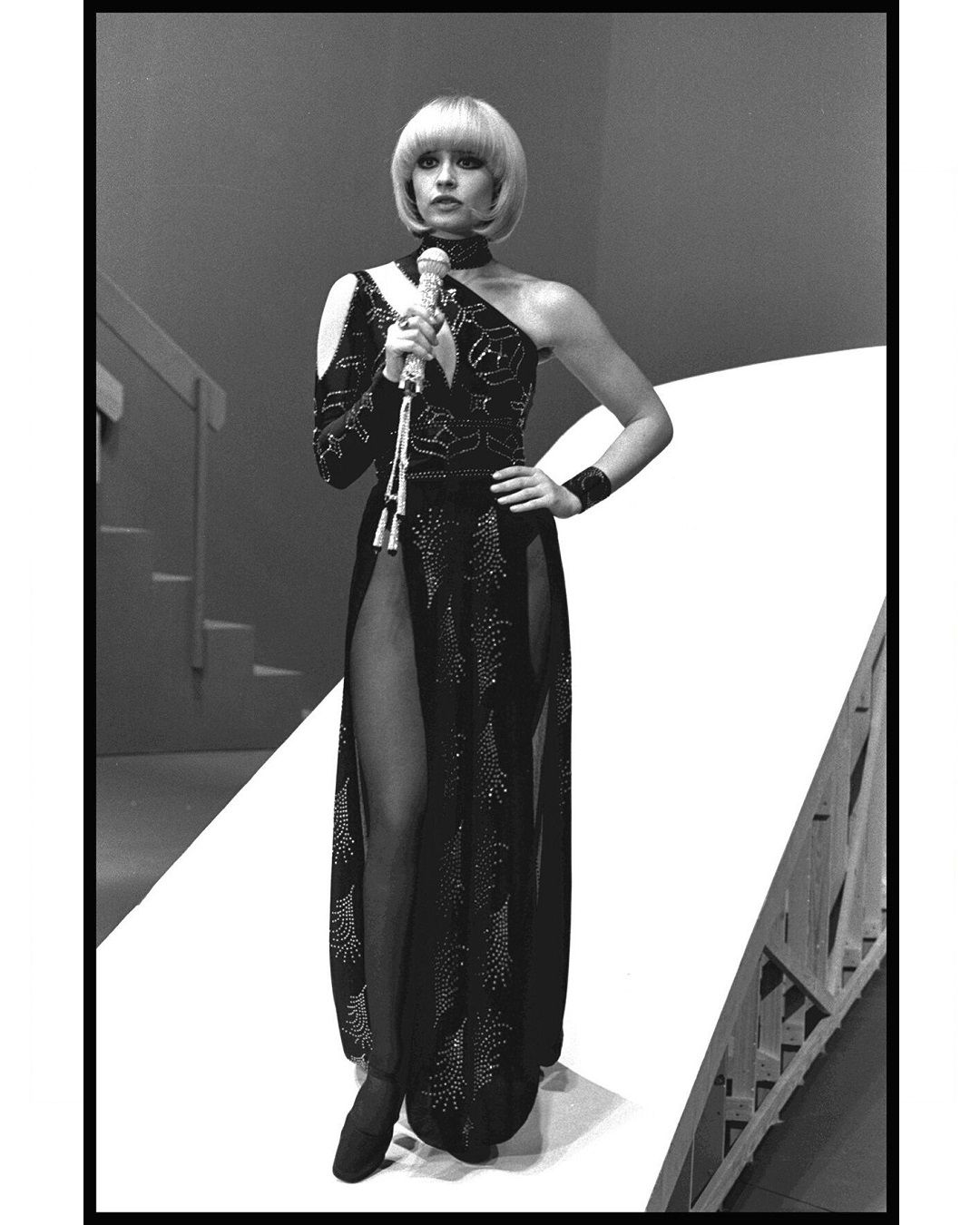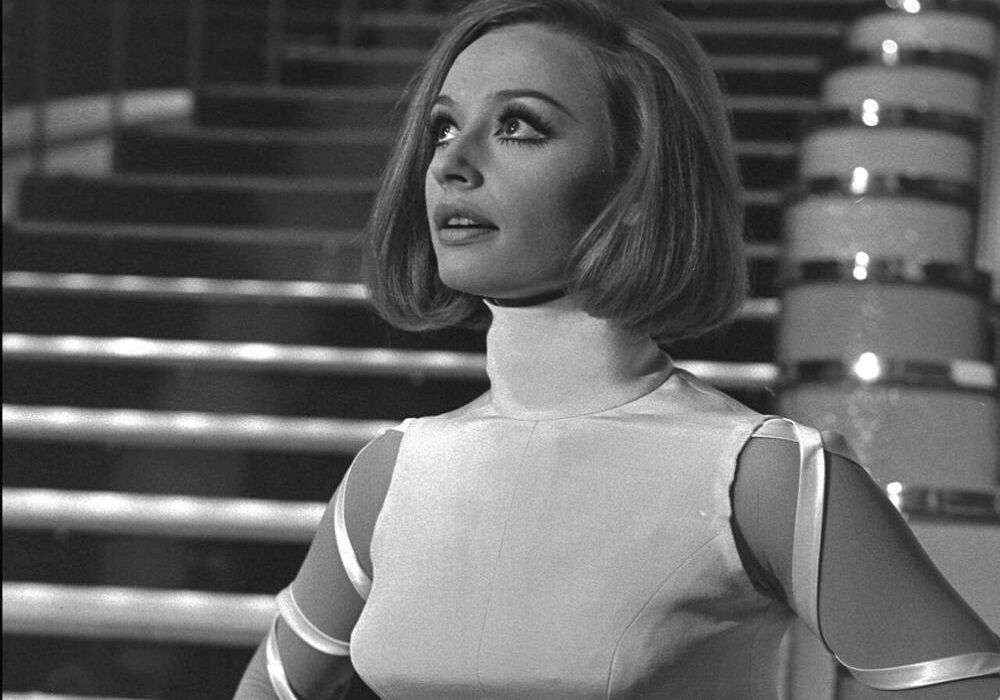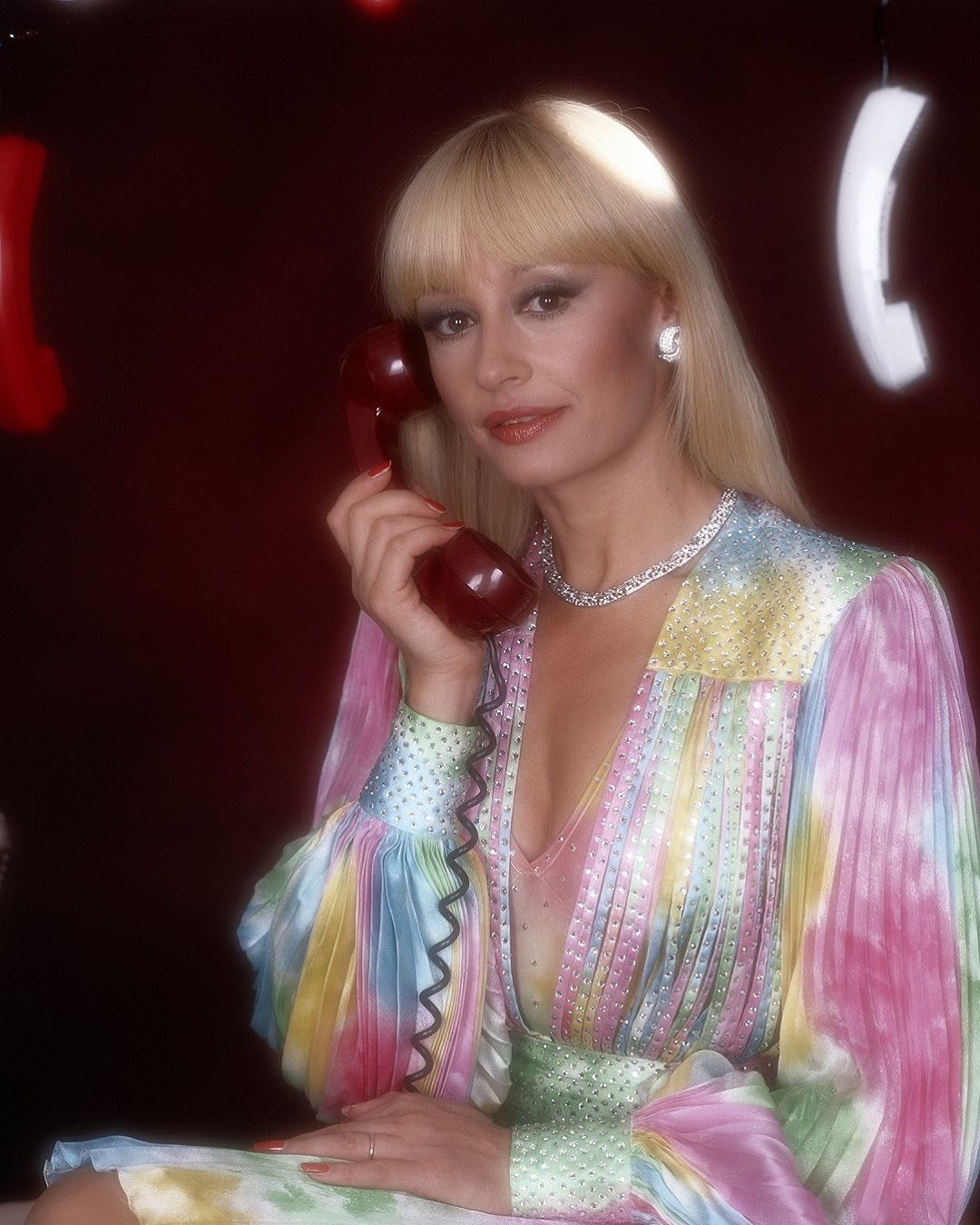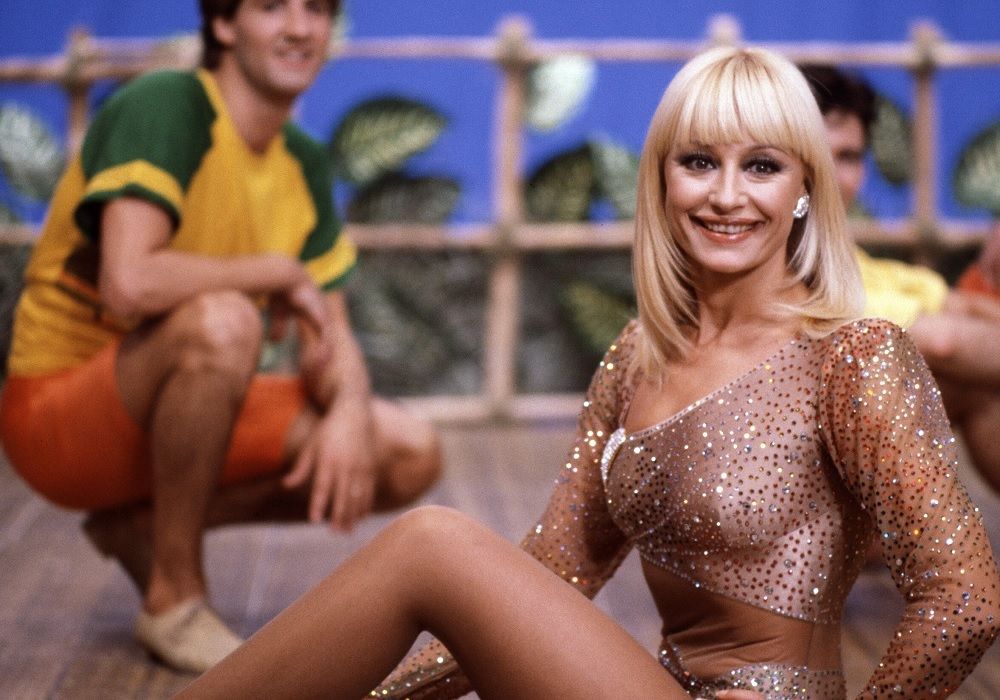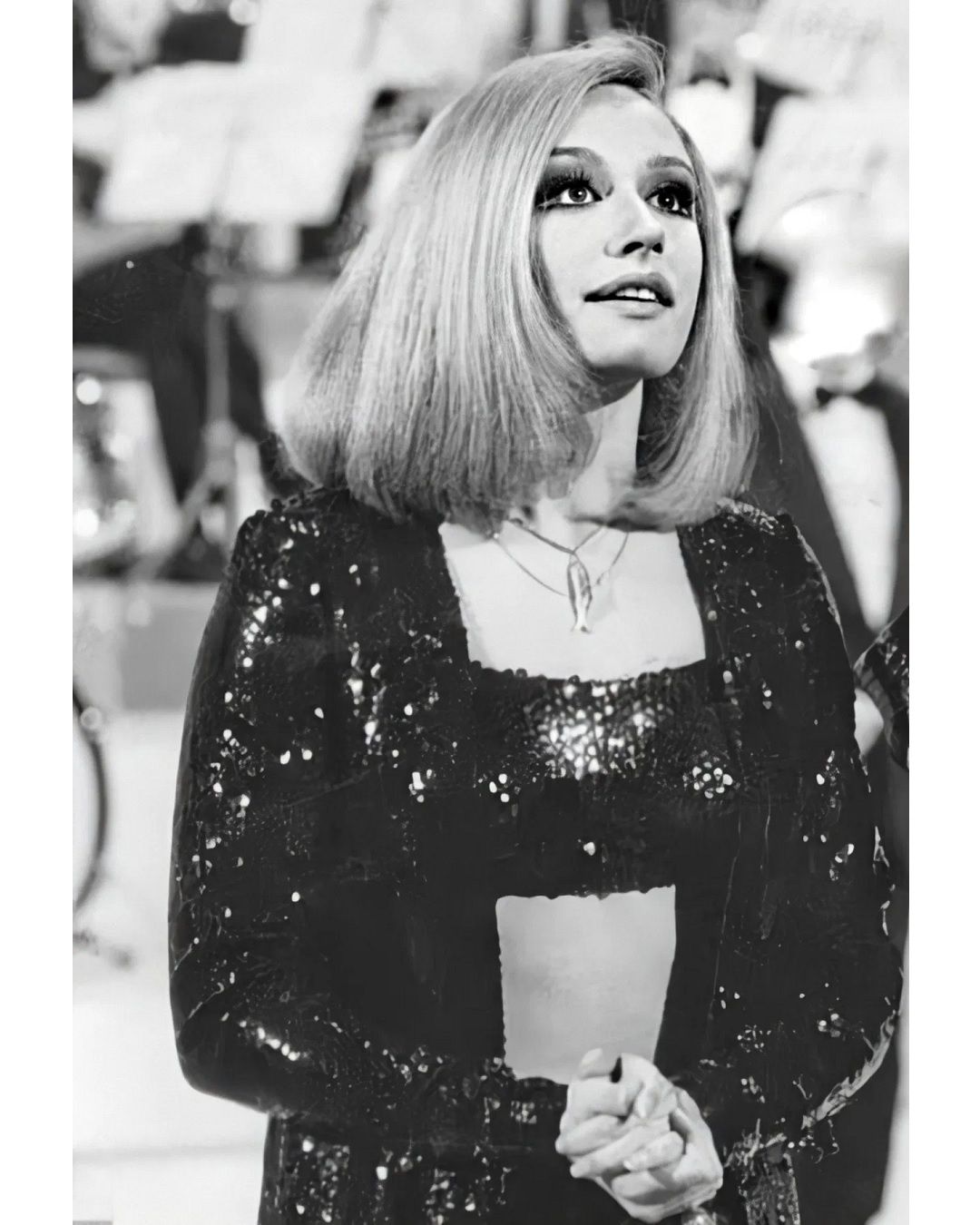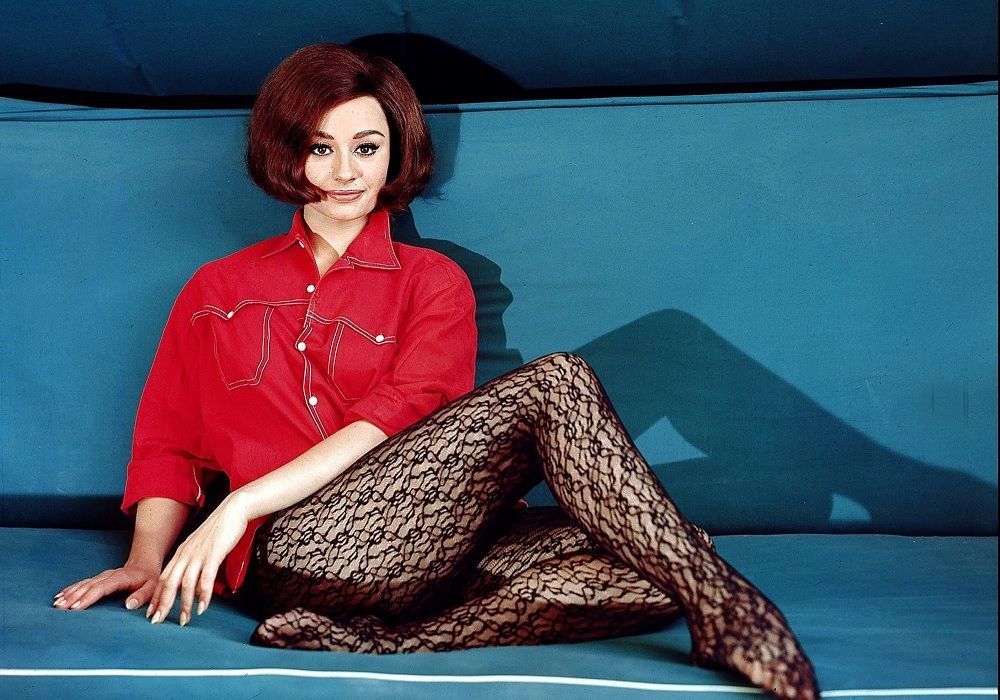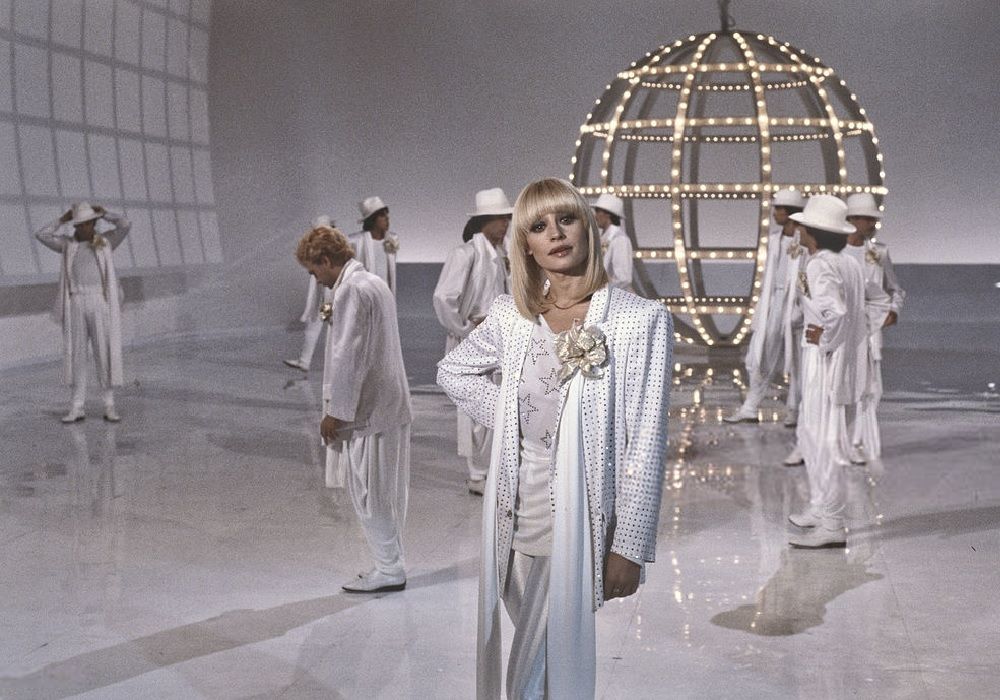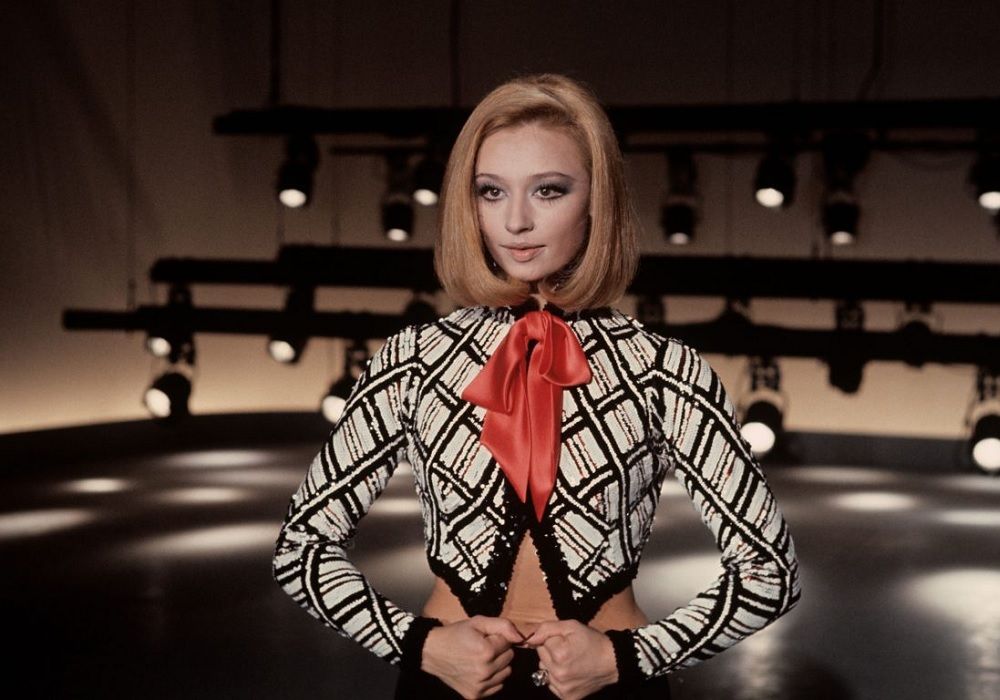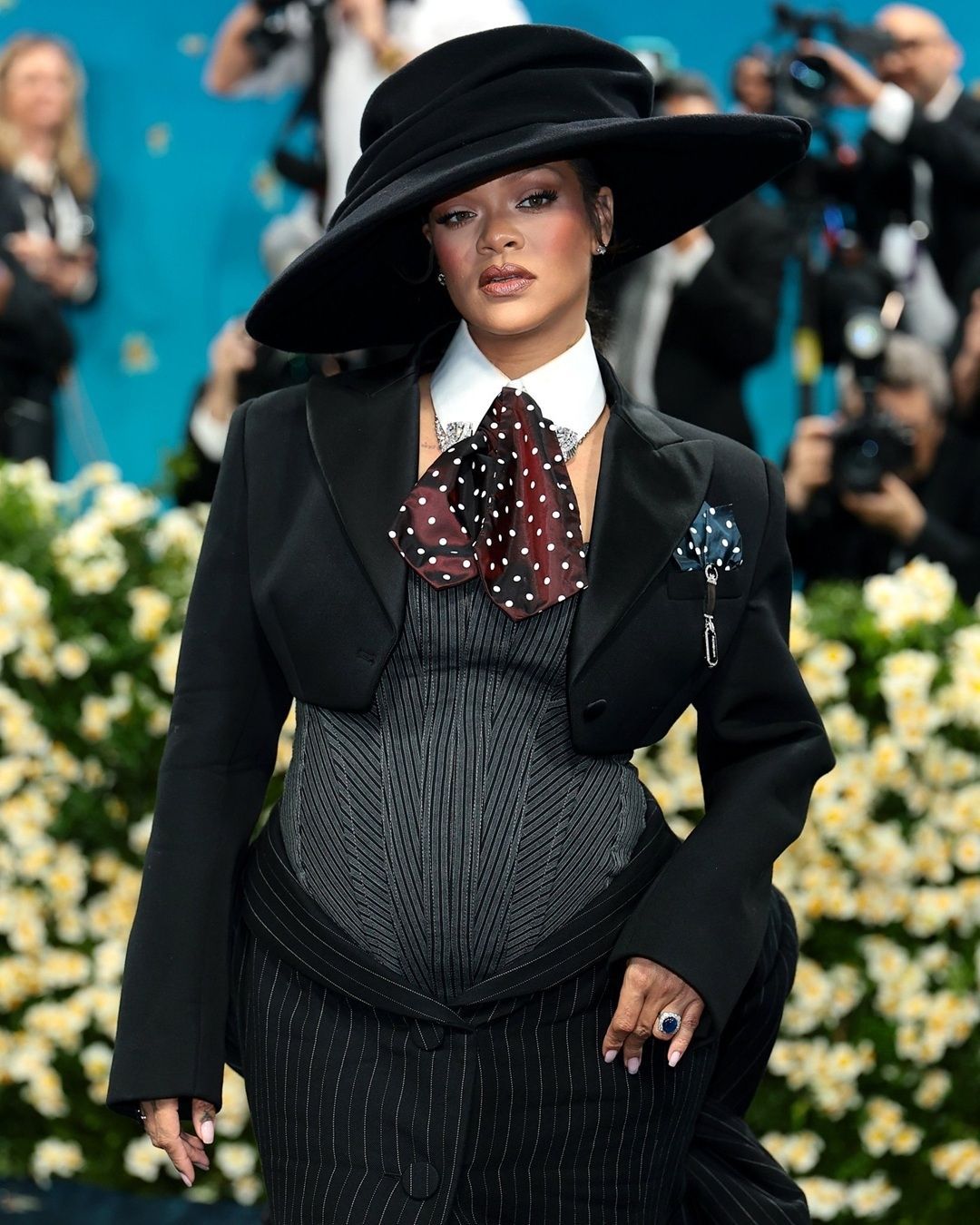
The best looks of Raffaella Carrà, pop icon of Italian TV and music From the iconic blonde bob to daring outfits with bare bellybuttons
Raffaella Carrà was not only one of the most recognizable personalities of Italian television, she was the only true pop icon (together with Mina) ever to emerge from Italian showbiz. Eclectic like no other, she was a presenter, singer, actress, soubrette, but also a sex symbol, a feminist, a gay icon, the only one able to scandalize the conservative minds in the 1970s by showing her belly button on TV, thus influencing and liberating the style of an entire generation.
Born in Bologna on June 18, 1943, Raffaella Maria Roberta Pelloni during her career has done everything, showing an eclectic talent. As a child her great dream was to become a choreographer of classical ballets, so when she was 8 she left the Romagna Riviera to continue her studies at the National Academy of Dance and then at the Centro Sperimentale di Cinematografia. When she was only seven years old, she made her debut as an actress in Mario Bonnard's movie Tormento del passato and, as she grew up, she worked in some films alongside Mario Monicelli and Frank Sinatra. Although dance and cinema were her first loves, it was TV, with the great Rai varieties in the seventies like Canzonissima, that brought her great success.
I danced like no one had ever dared, I broke the rules, I invented the show. At Rai they were shocked and, the day after, even my mother called me to ask if it was really me.
The show woman told in the biography written by Roberta Maresci, describing the disruptive effect of her Tuca Tuca. In an interview a few years ago, recalling the look chosen to dance the hit and consisting of crop top and bell-bottoms, she said:
My bare belly button came out of an outfit designed by a costume designer at Rai. I forget her name now. But girls in the summer were already walking around like that, with their bellies exposed and long pants. I had no problem showing it on TV. I was free. Even the headshots were a sign of freedom from hairspray, from superstructures, from rigidity. That's who I was, without constrictions.
Raffa has always flaunted that sense of freedom very naturally, singing songs that now set the dancefloor on fire and are a must in every nostalgic playlist. At the time no one noticed, but between Latin rhythms and apparently easy lyrics, Carrà spoke of free love, inclusion, LGBT and female empowerment. So much so that for The Guardian, Raffaella Carrà was "the Italian pop star who taught Europe the joy of sex" and "a cultural icon who revolutionized Italian entertainment". A few examples? In Pedro Pedro she sang about a mature lady looking for a young lover in Santa Fe; in Luca there was a story of outing or coming out; while Tanti Auguri is a hymn to sex and sexuality.
Not even years of TV mini-quizzes at lunchtime, bean-counting, reunions with relatives lost in Latin America and excessive use of shoulder pads failed to tarnish her image, but rather boosted it, turning her into an incomparable international icon. A casual look was enough to recognize her: petite, with a very slim waist, thighs "like those of Romagna", a contagious smile and that unique bob that at the beginning was brown, then red and finally blond. The hairstyle that became her true beauty signature was created almost by accident by hairdresser Cesare Vergottini. No more backcombing which was so popular, the new must-have was a very geometric and smooth bob that recreated the shape of a "V" behind the nape of the neck. The debut took place in the program Io Agata e tu in 1969, but it was the bright blonde version of Canzonissima, which showed and then came back perfect even while Raffa wiggled on the notes of Tuca Tuca, to make history.
I had a curly hair. Then Vergottini came along, cut it off and straightened it. He saved me. - Recalled the artist in his biography of 2013 - My theory is that you have to be recognizable but at the same time you have to change and renew yourself little by little.
Result? Raffaella Carrà had found in the bob her signature style, a revolutionary, versatile cut that everyone wanted to copy because it was easy to renew by shortening the lengths to the jaw or adding a fringe.
The famous bob was complemented by a love for cat-eyes and smokey-eyes, but, above all, by a series of eccentric and bling-bling looks made up of full-length bodysuits, lycra jumpsuits, miniskirts worn with ultra-opaque black stockings, suits with blazers with padded shoulders, long evening dresses full of sequins, ruffles and puffed sleeves.
The Spanish director Pedro Almodovar, who has always been a great fan of Raffaella, once said: "Raffaella Carrà no es una mujer. Es un estilo de vida". Amen!




















































